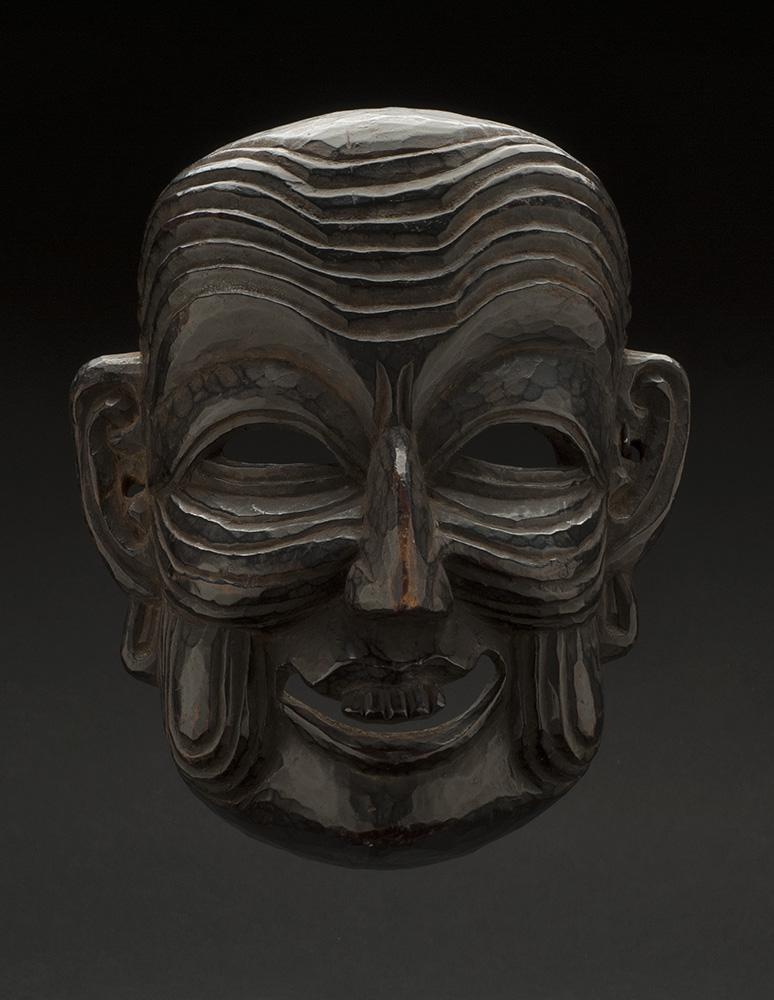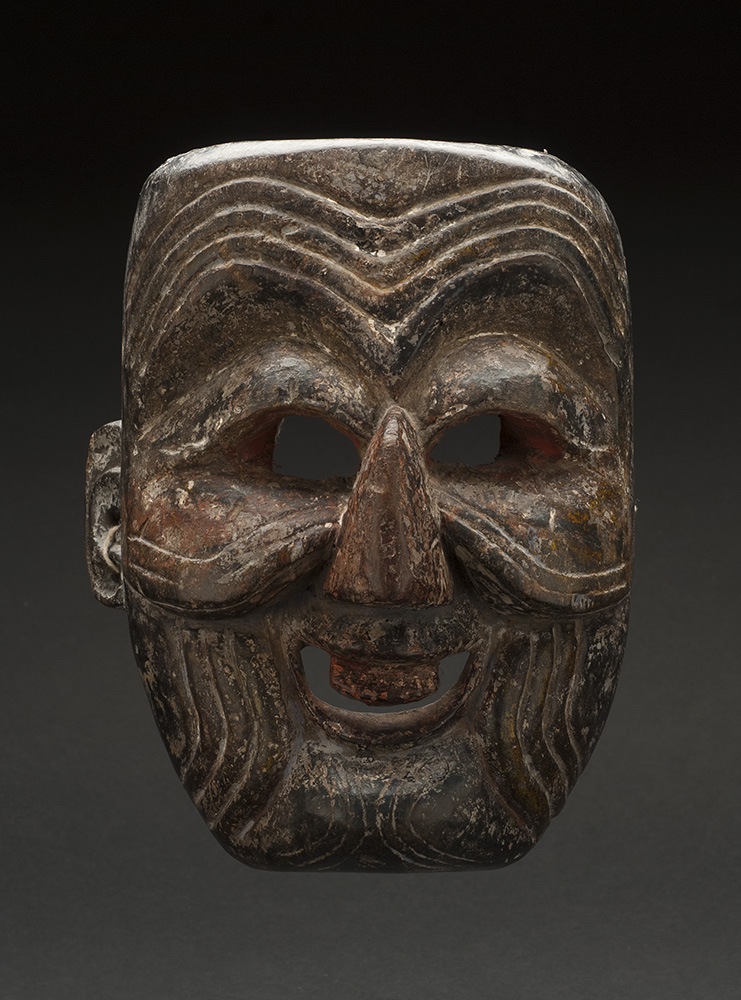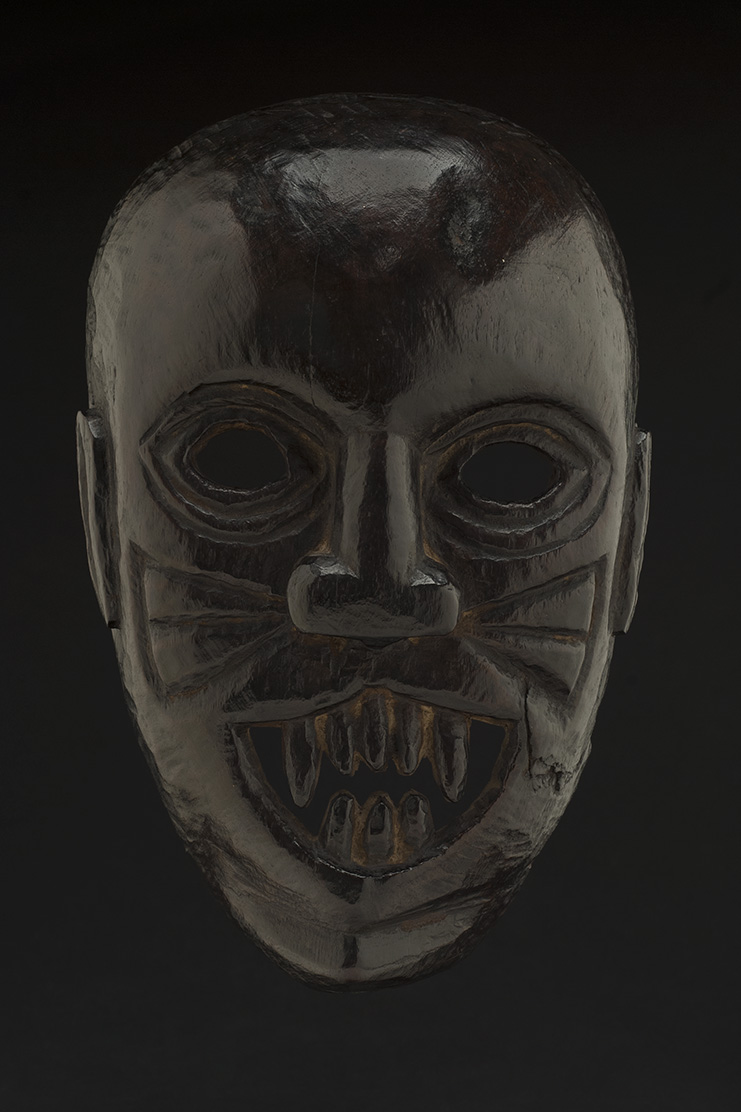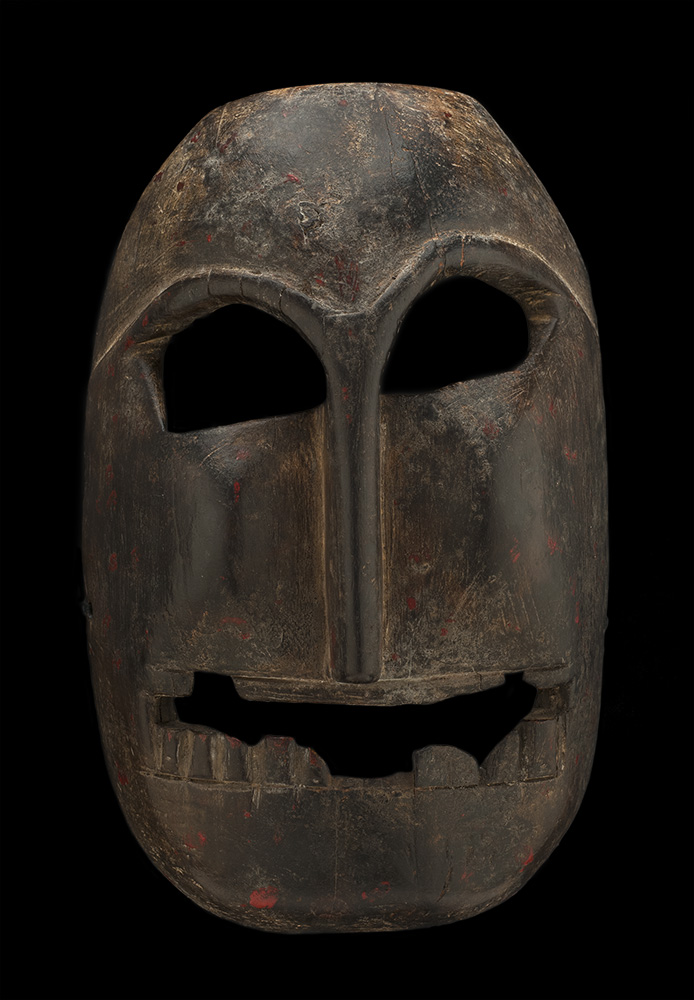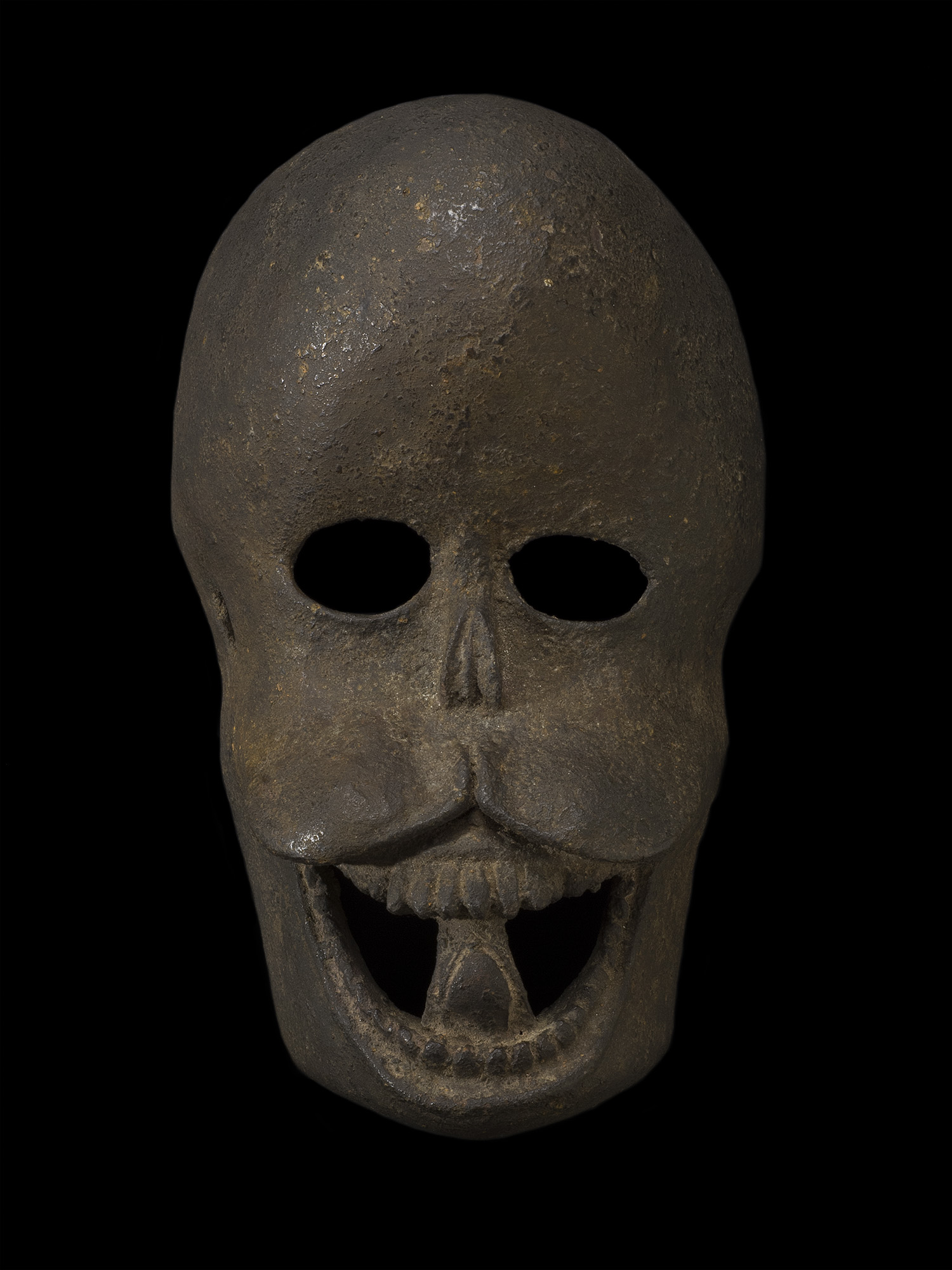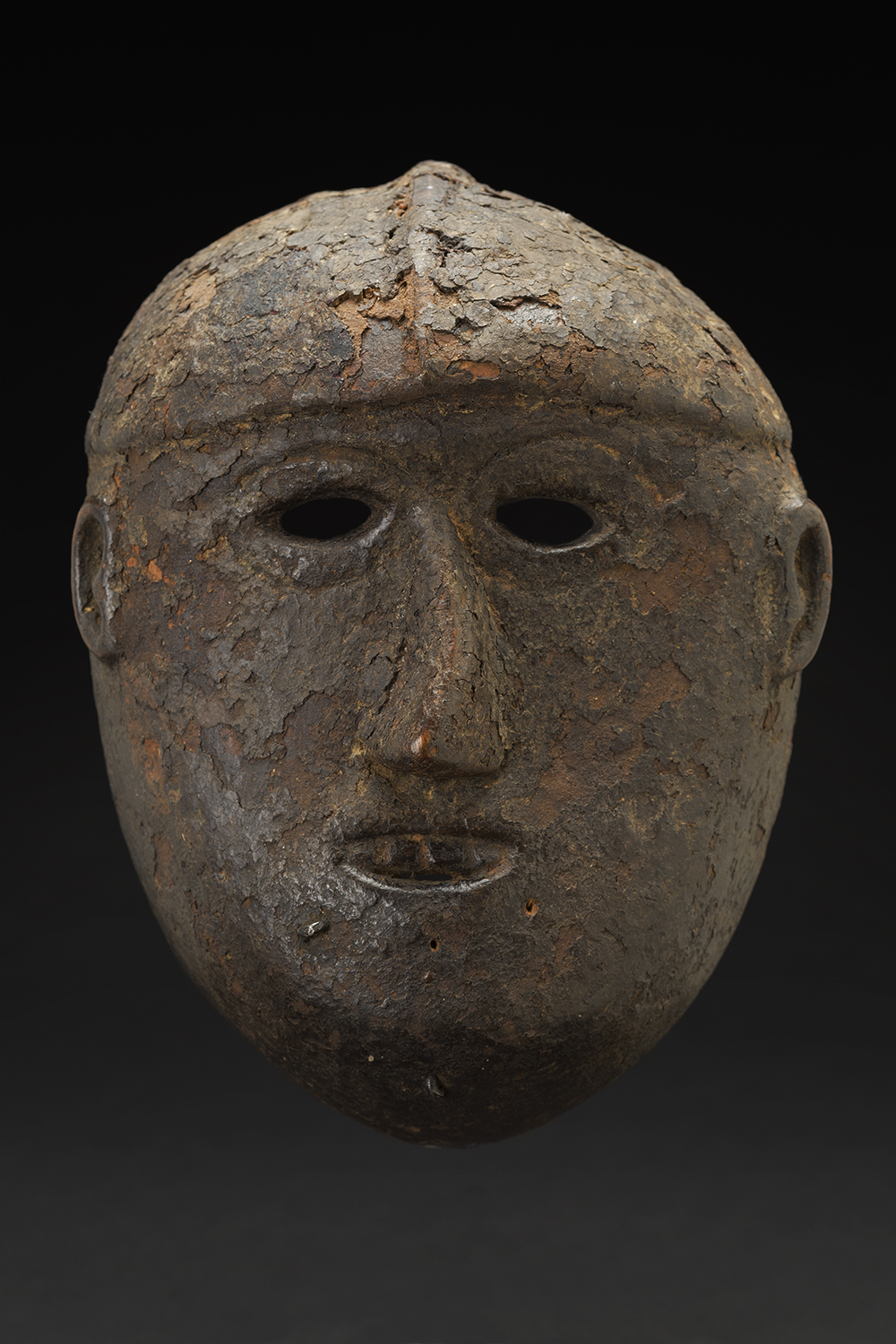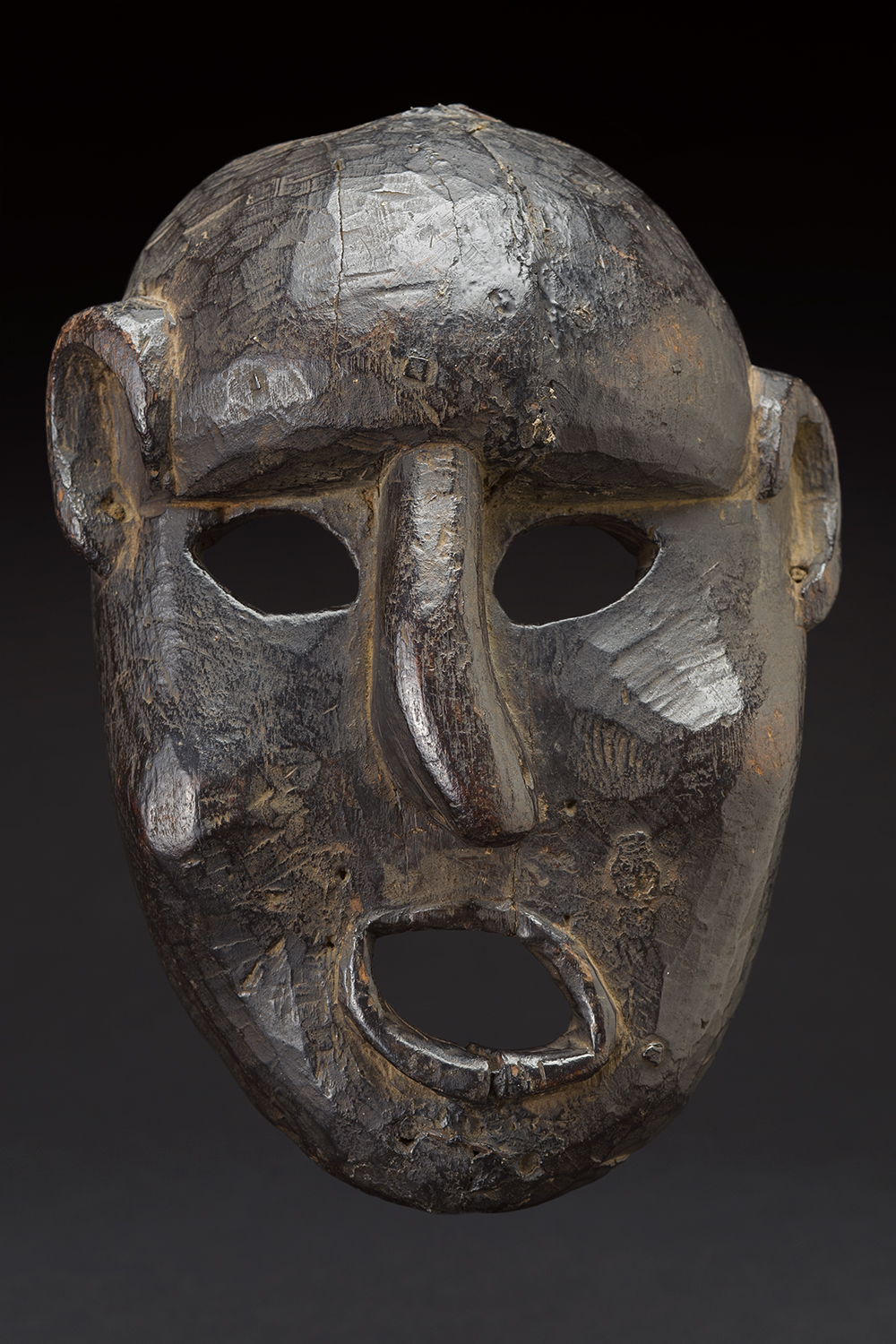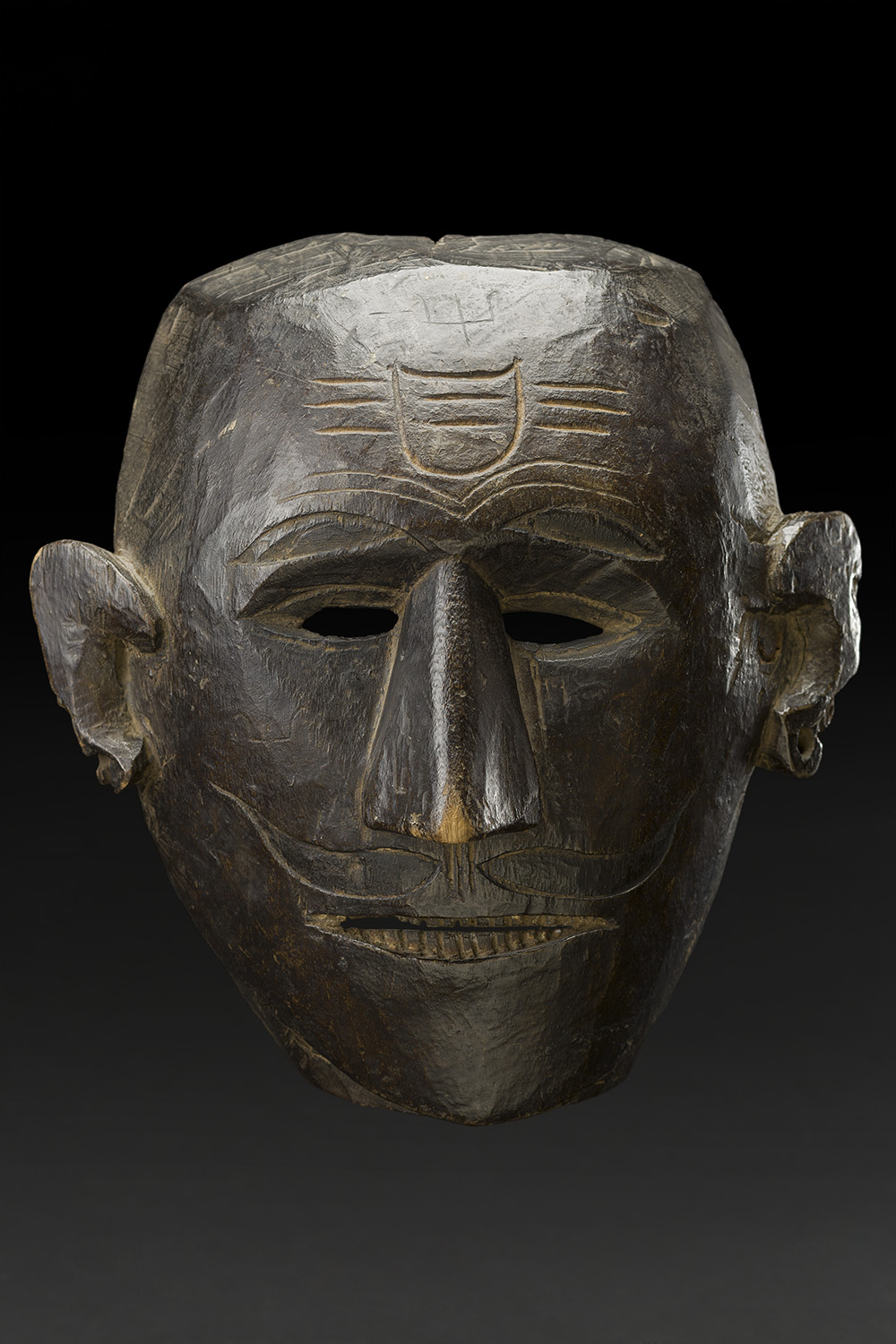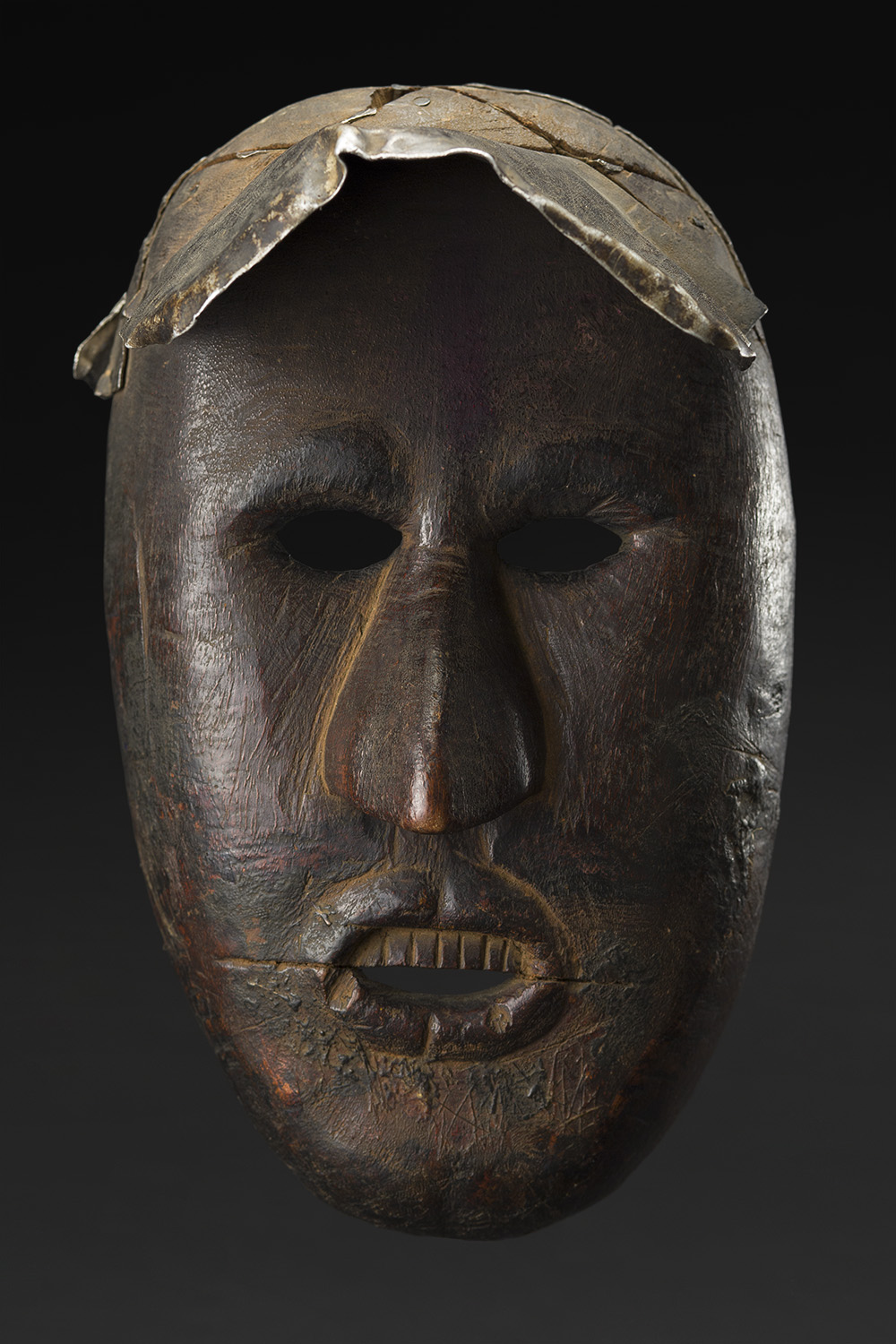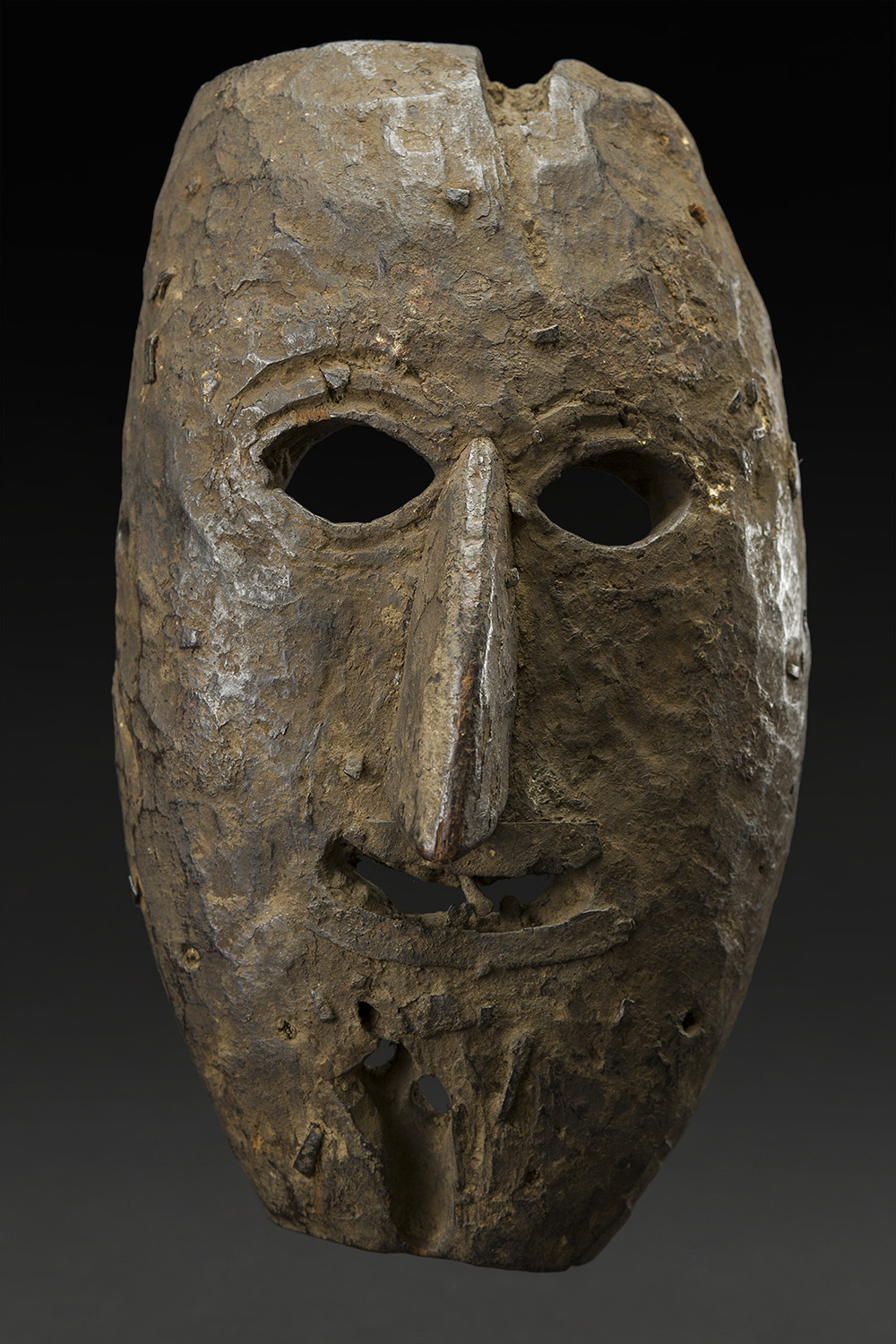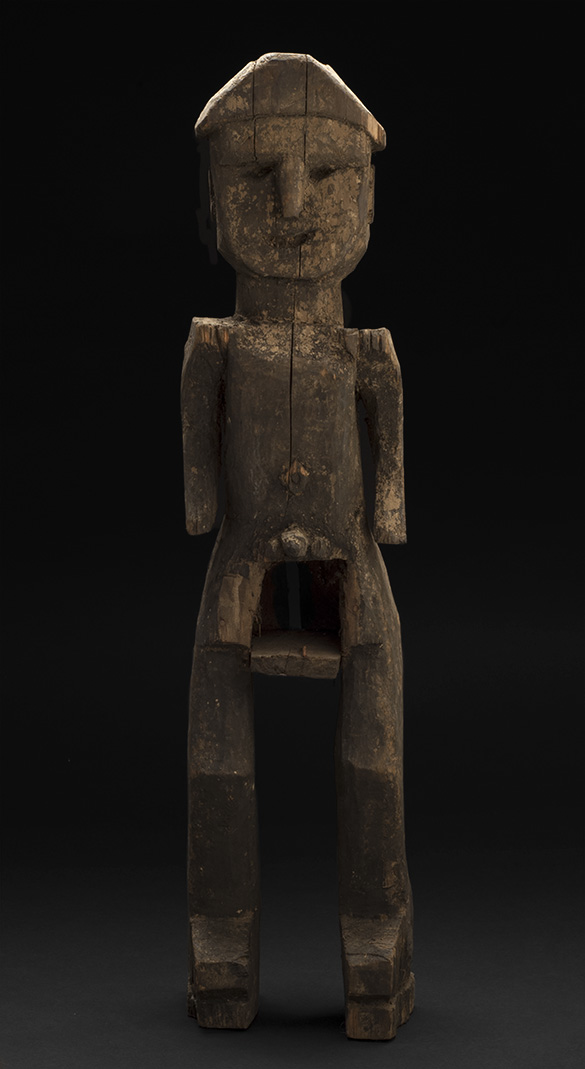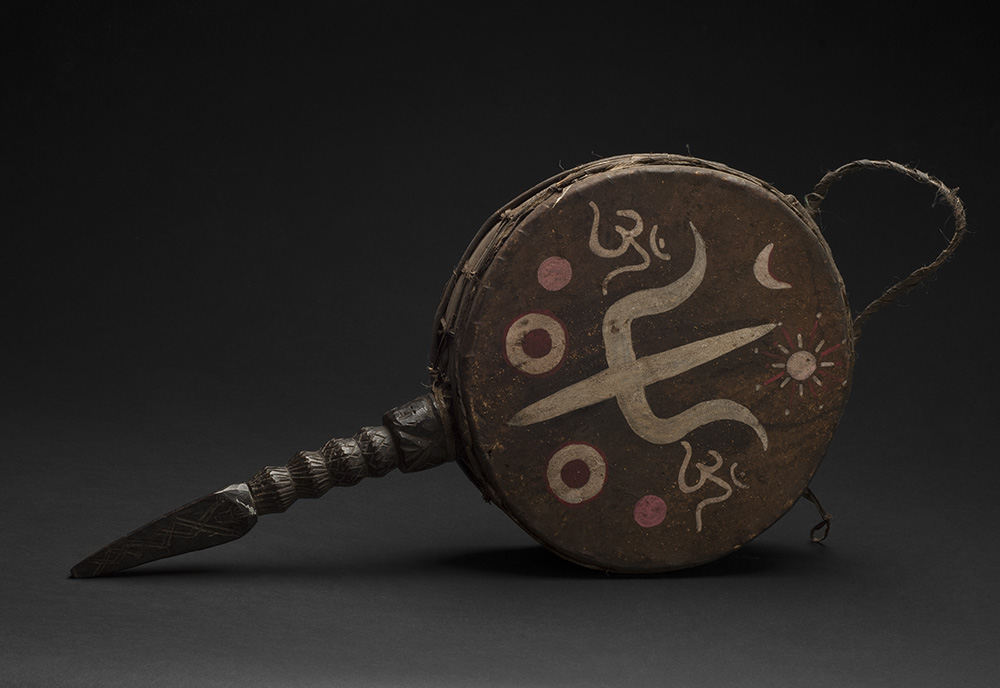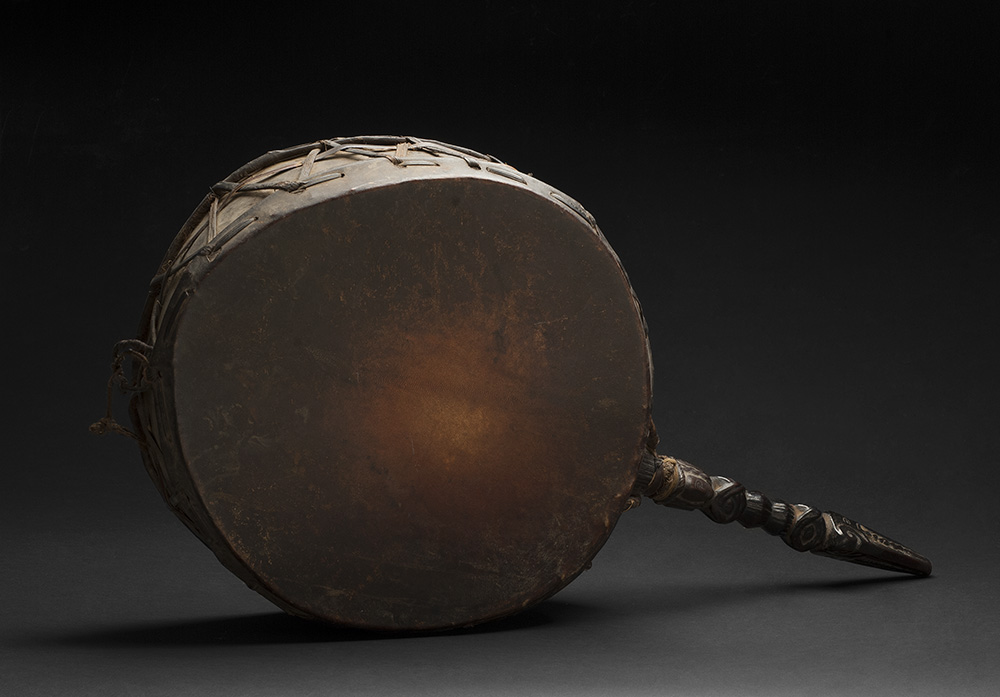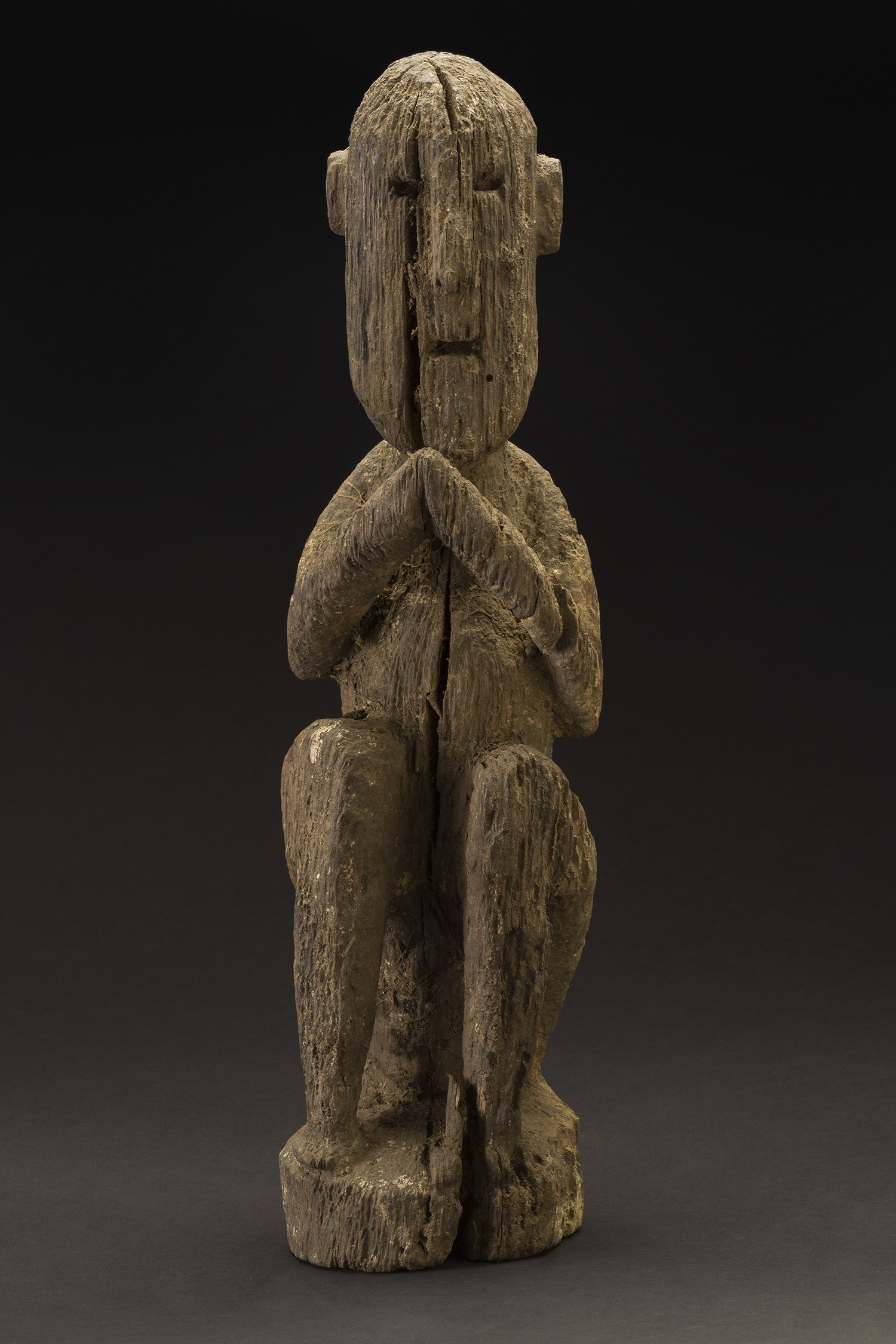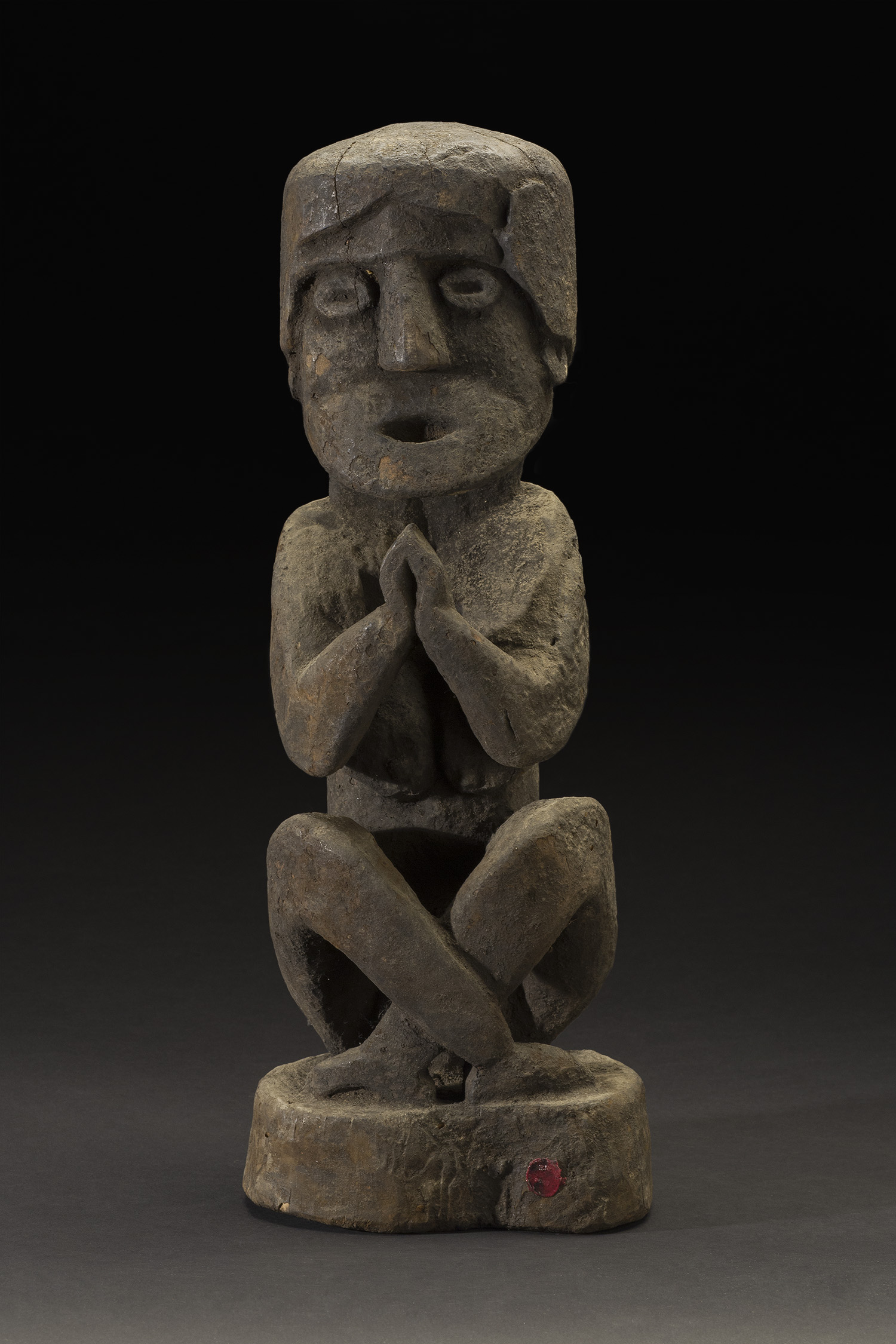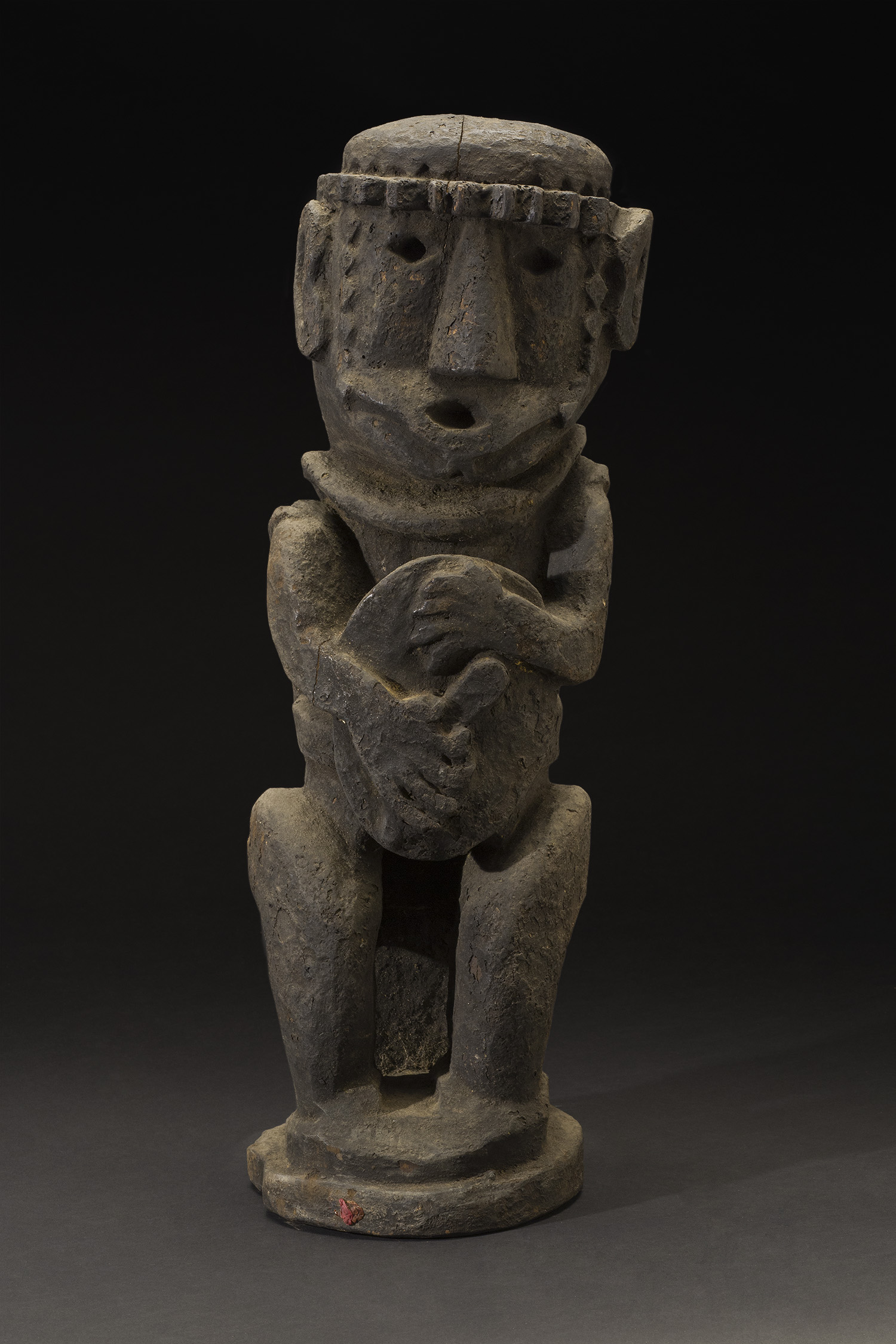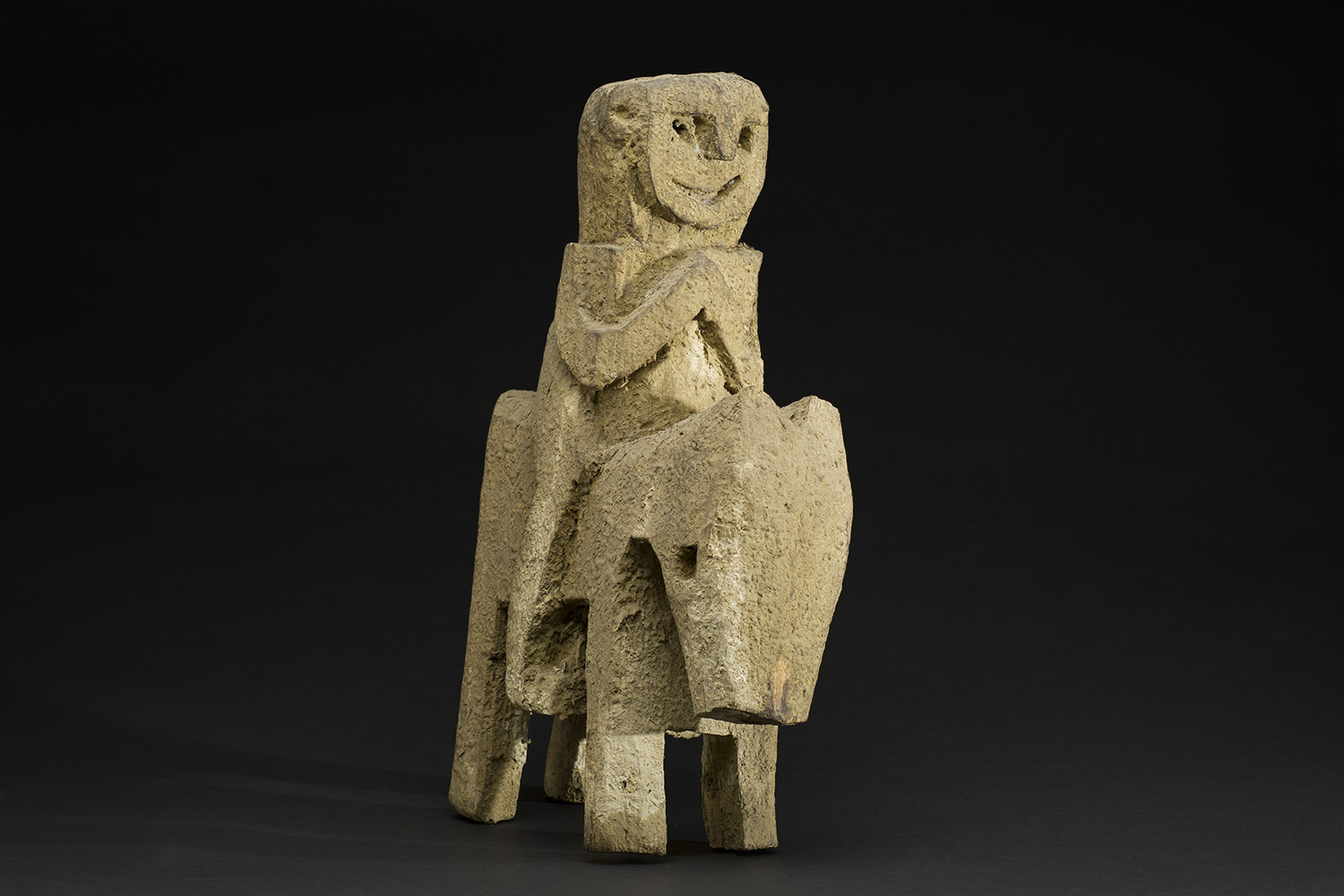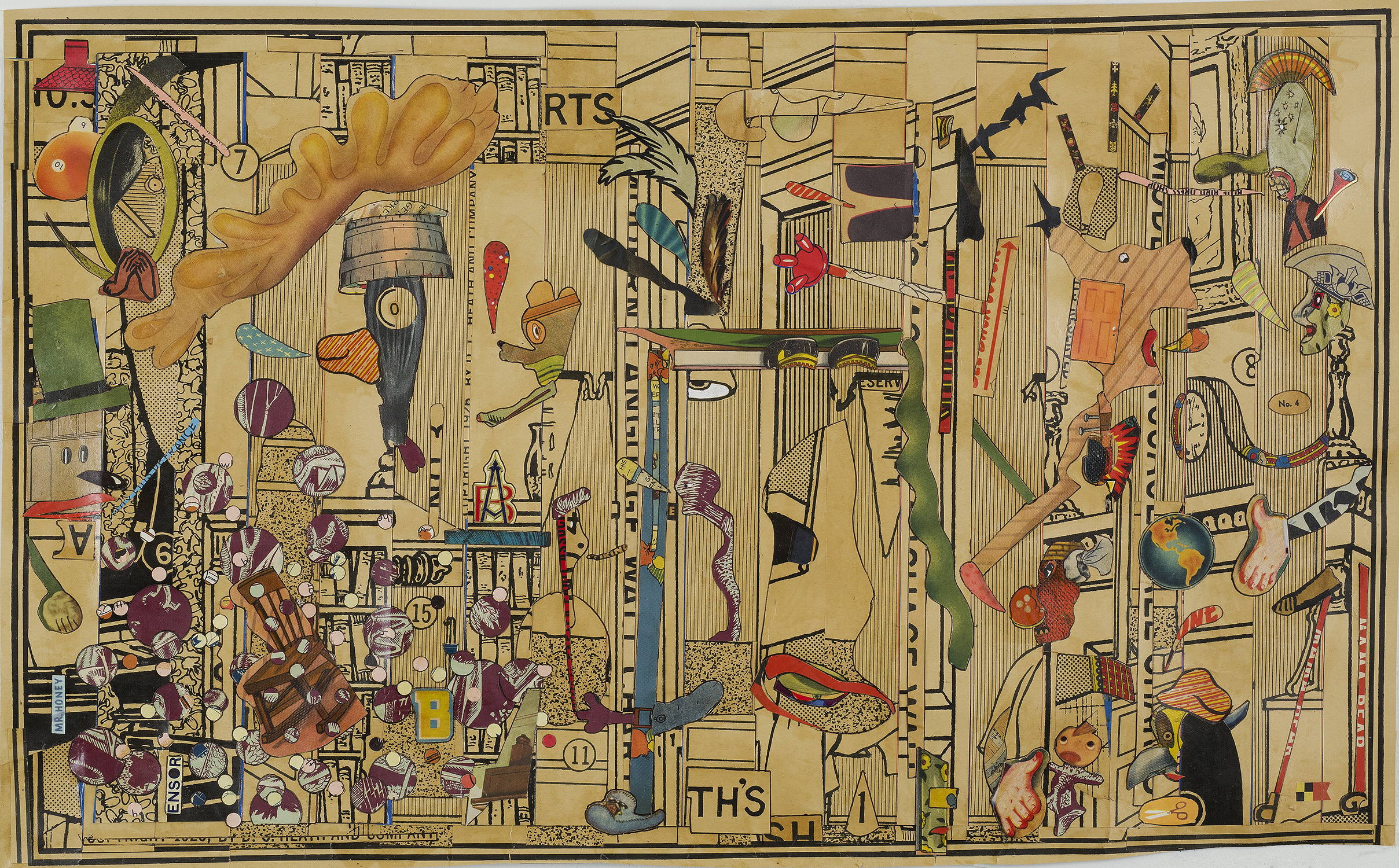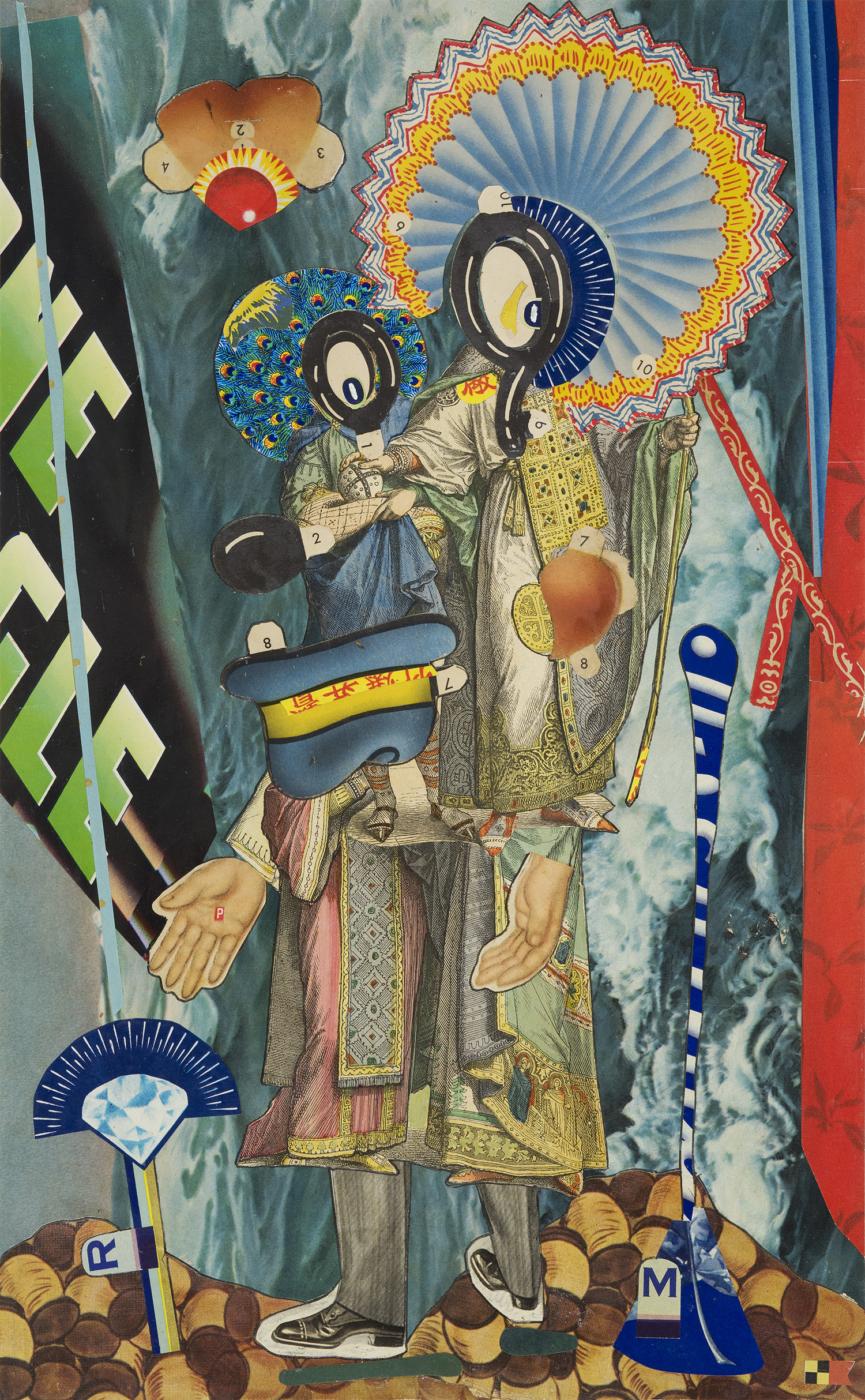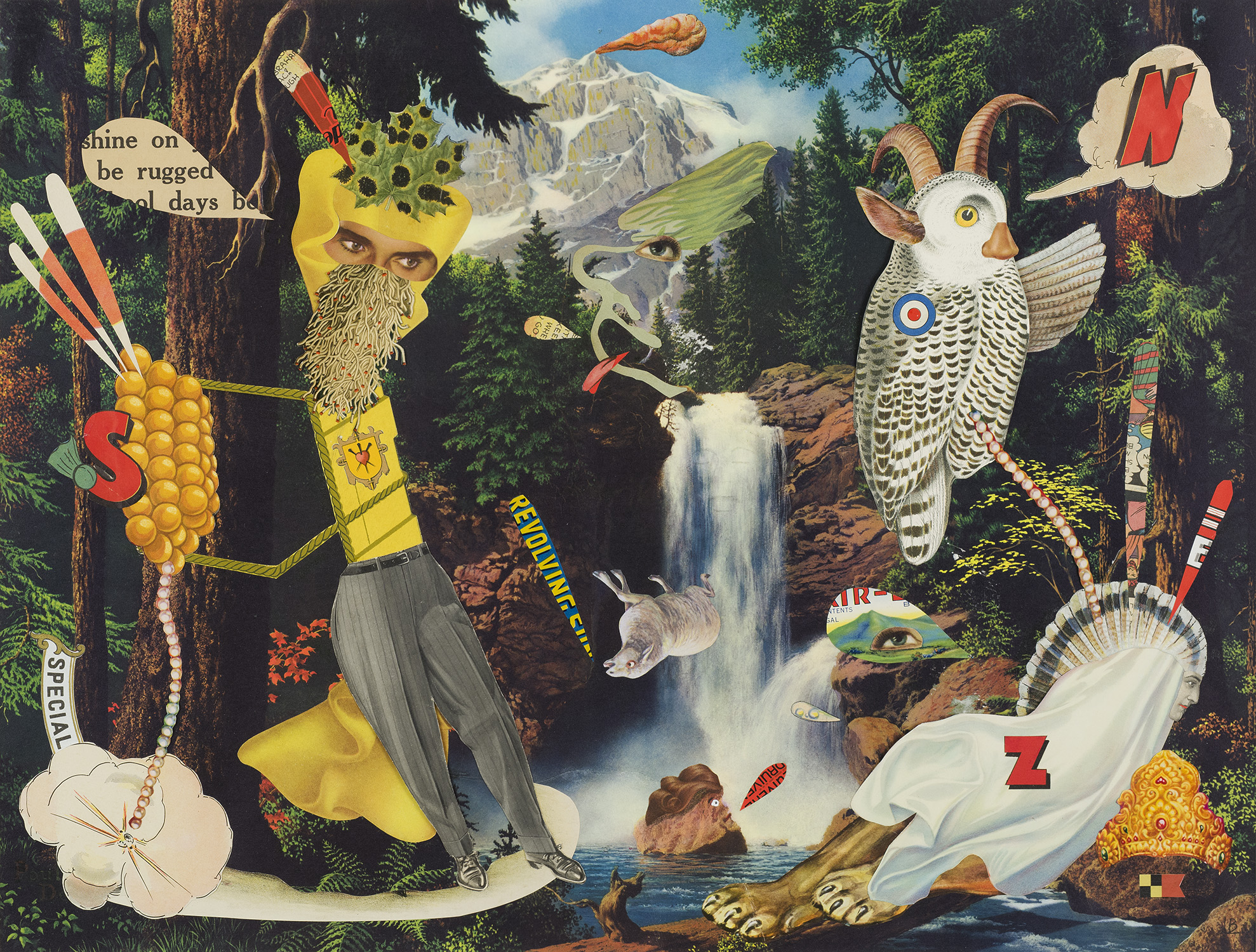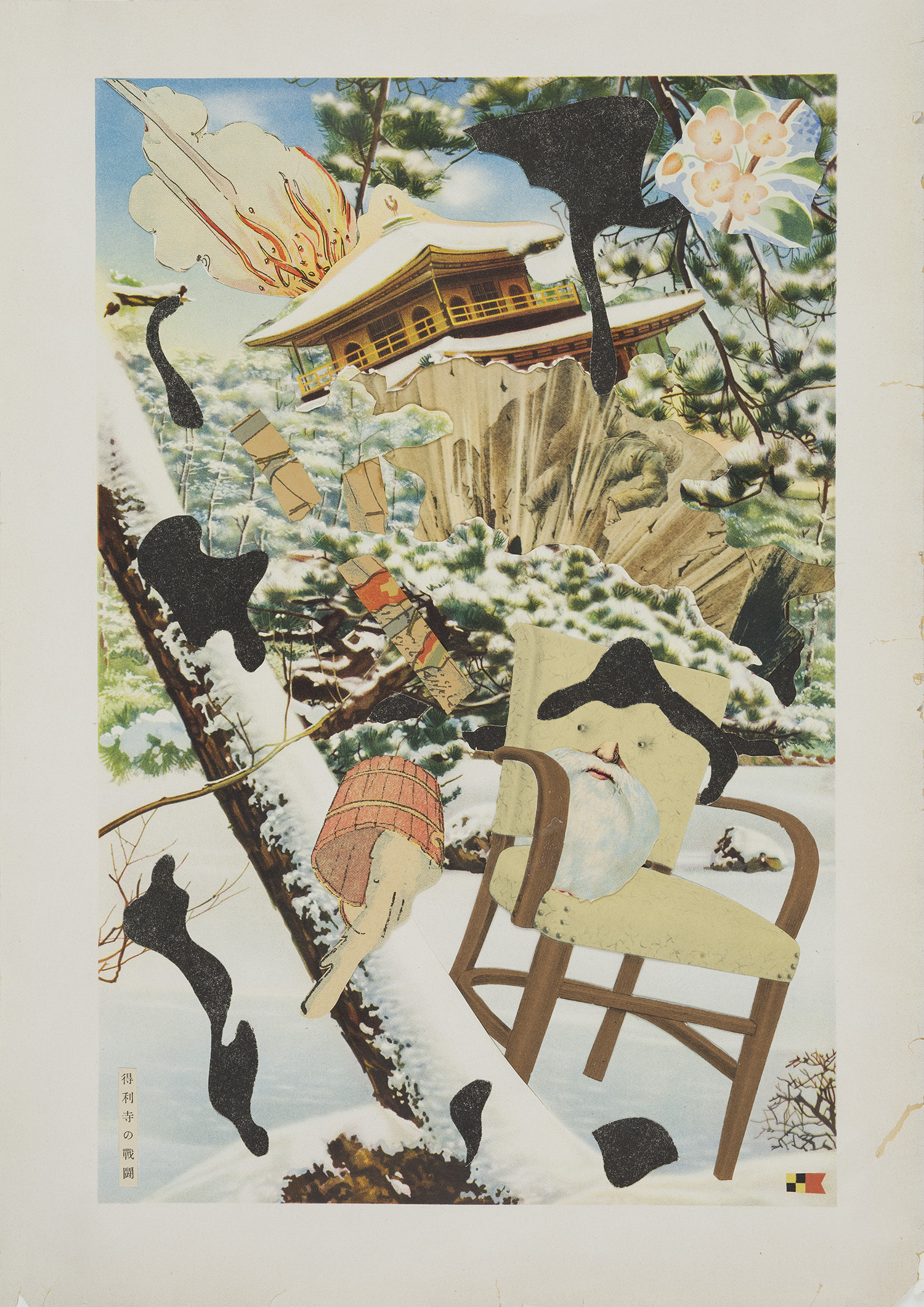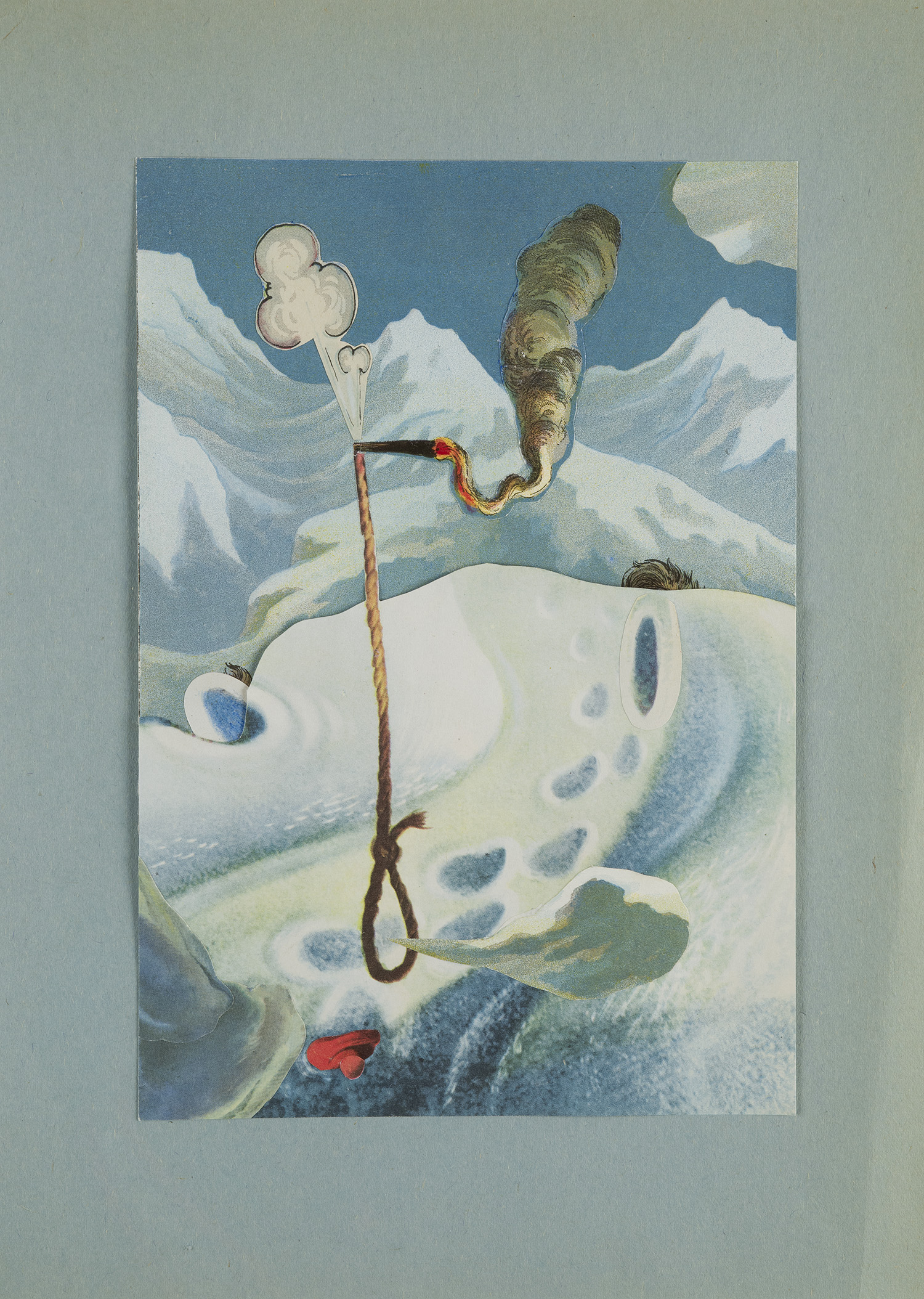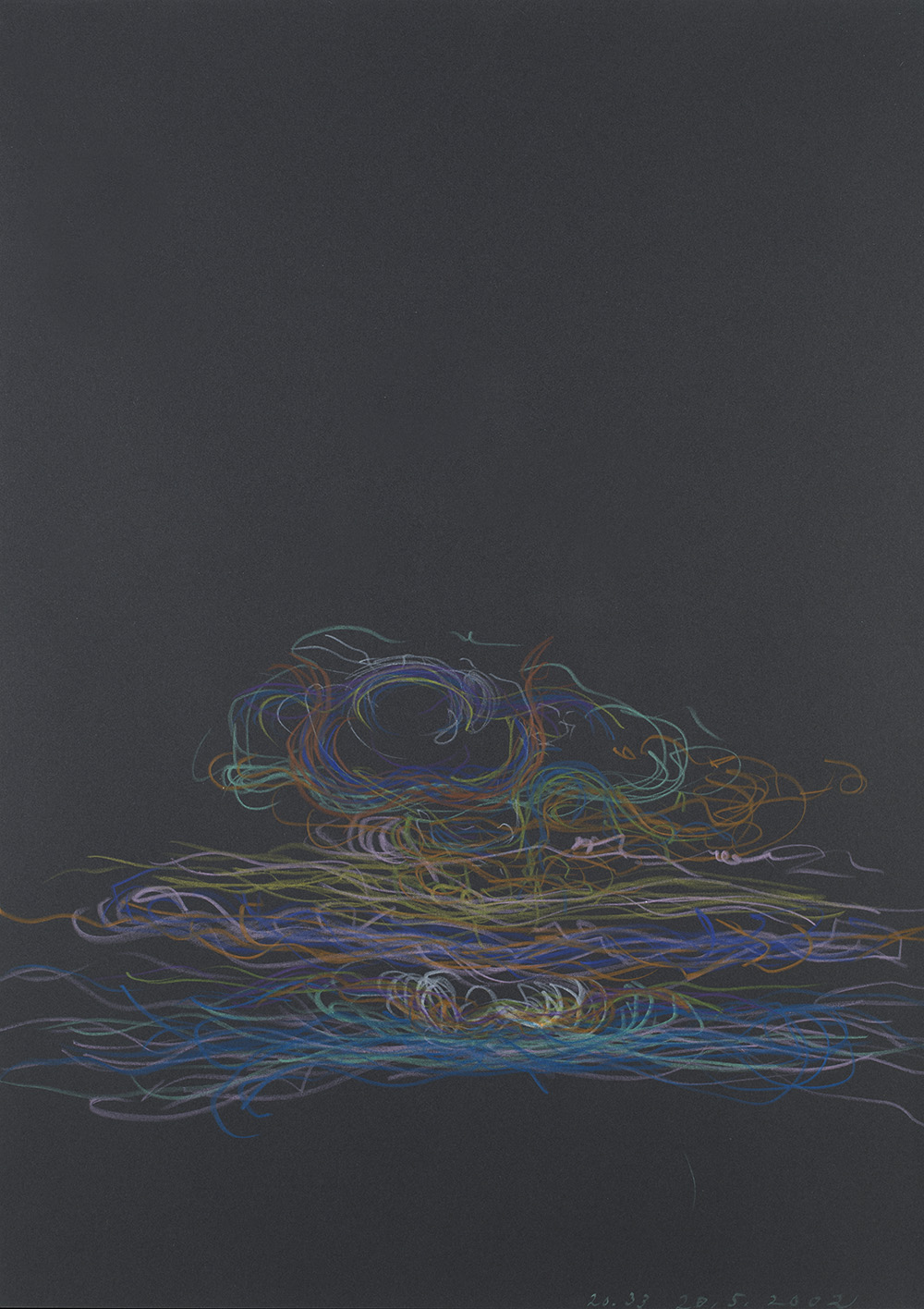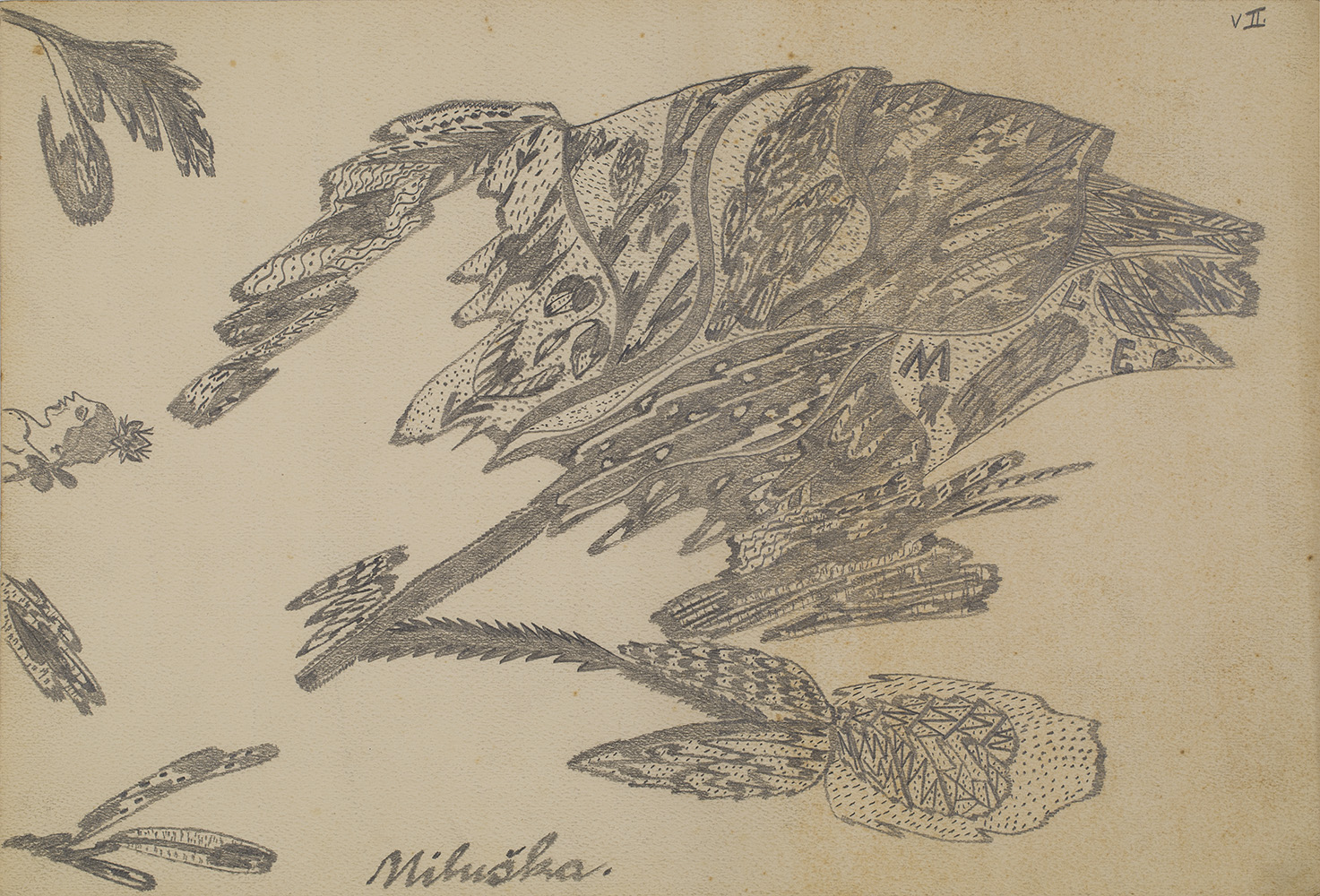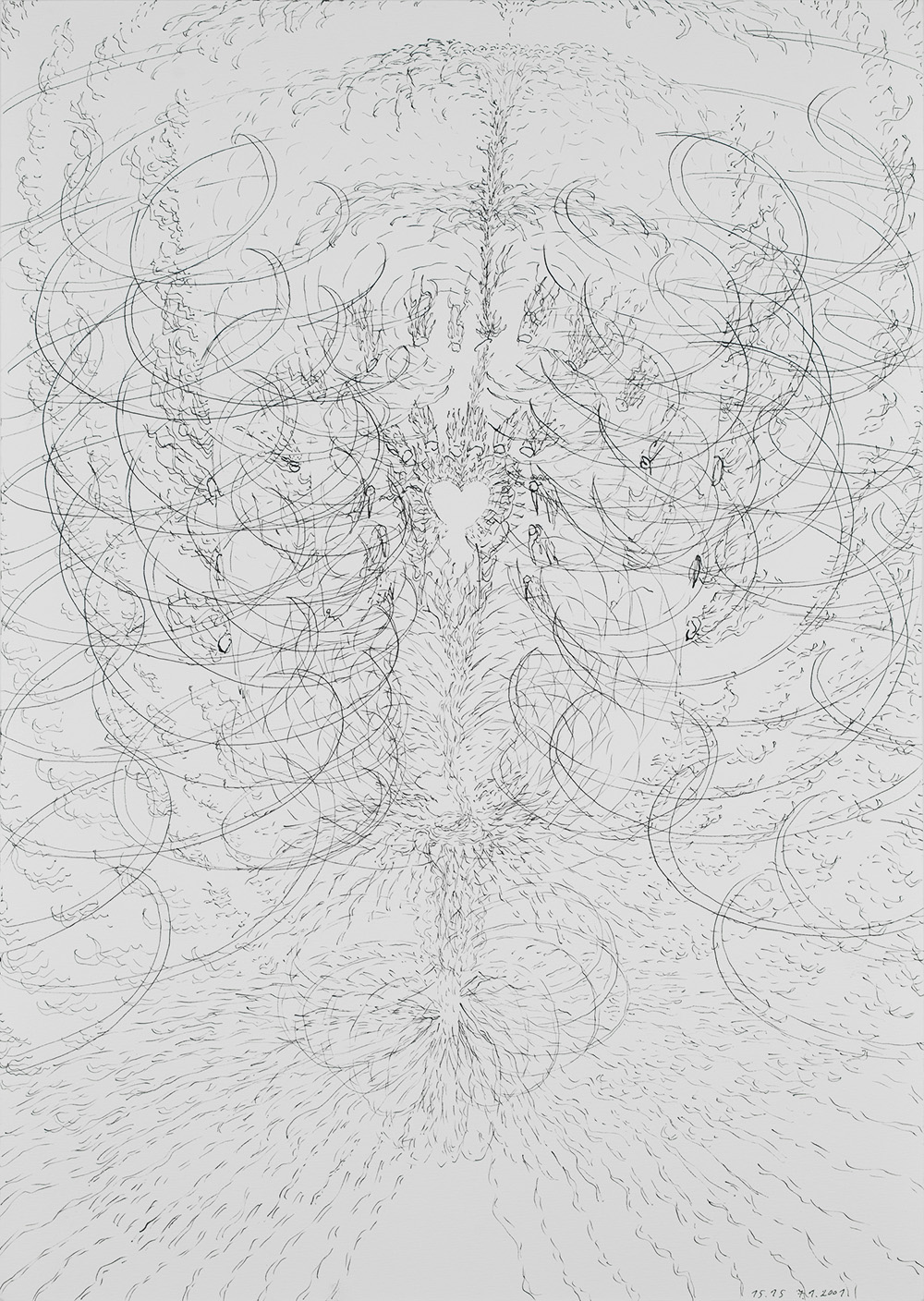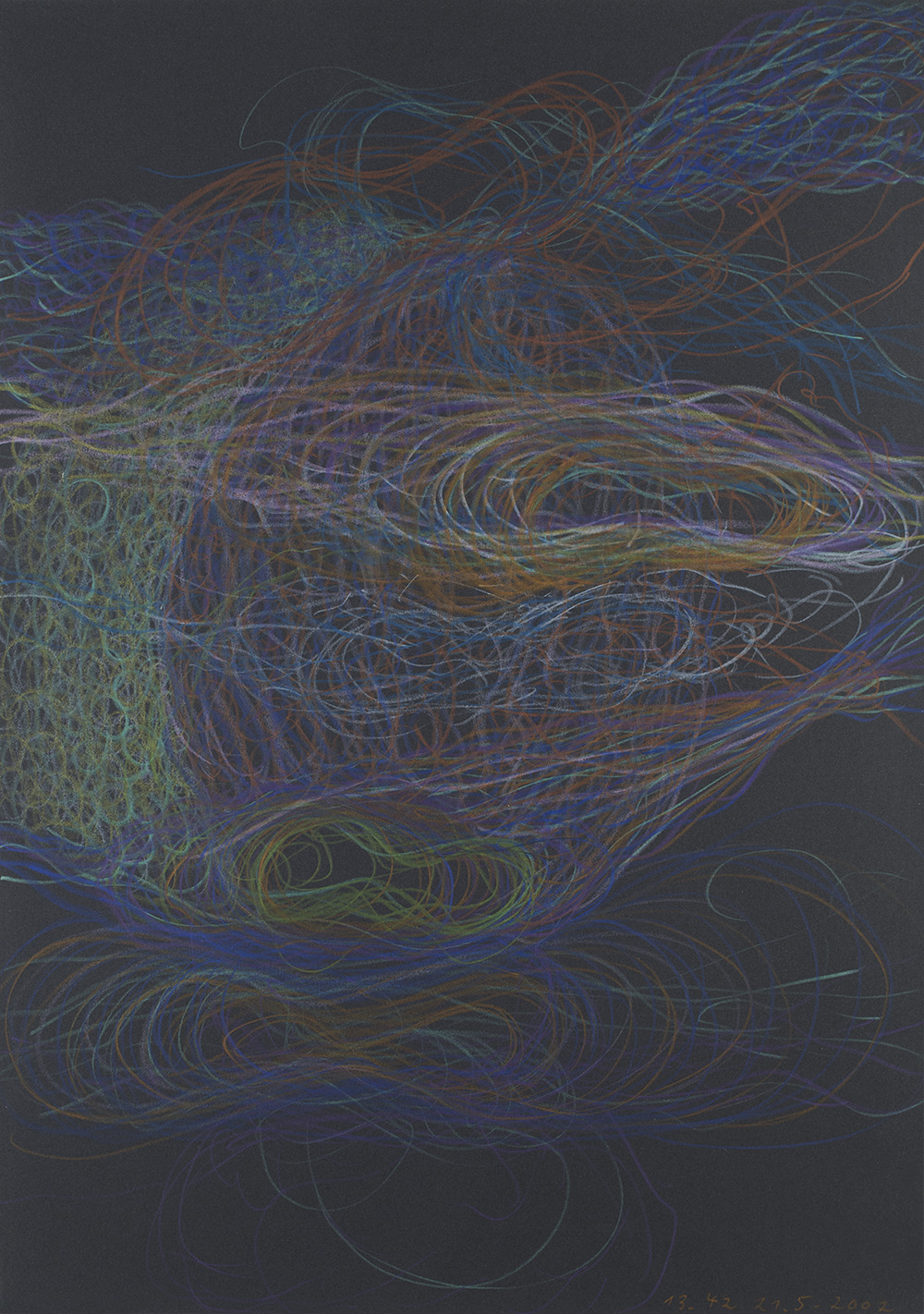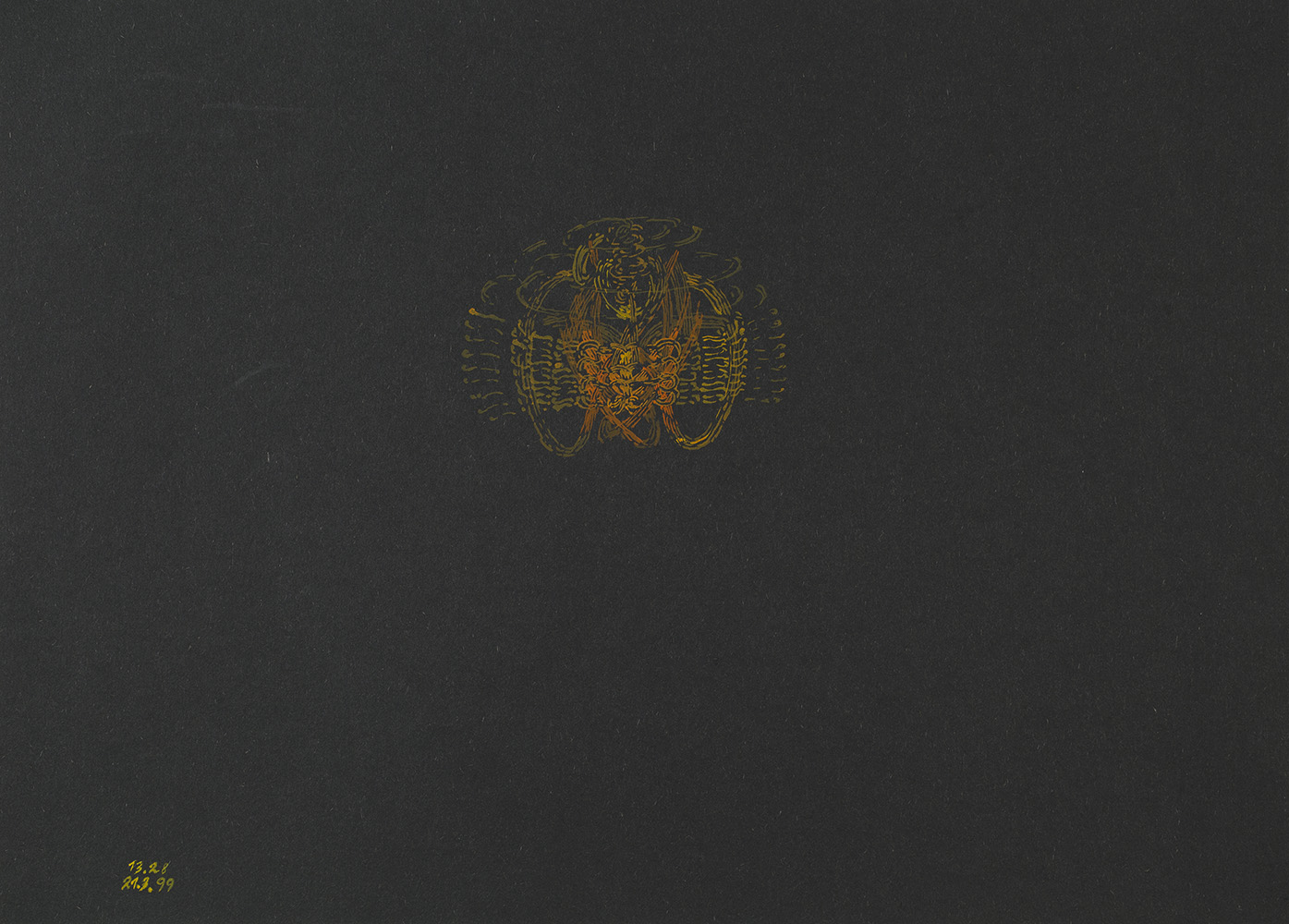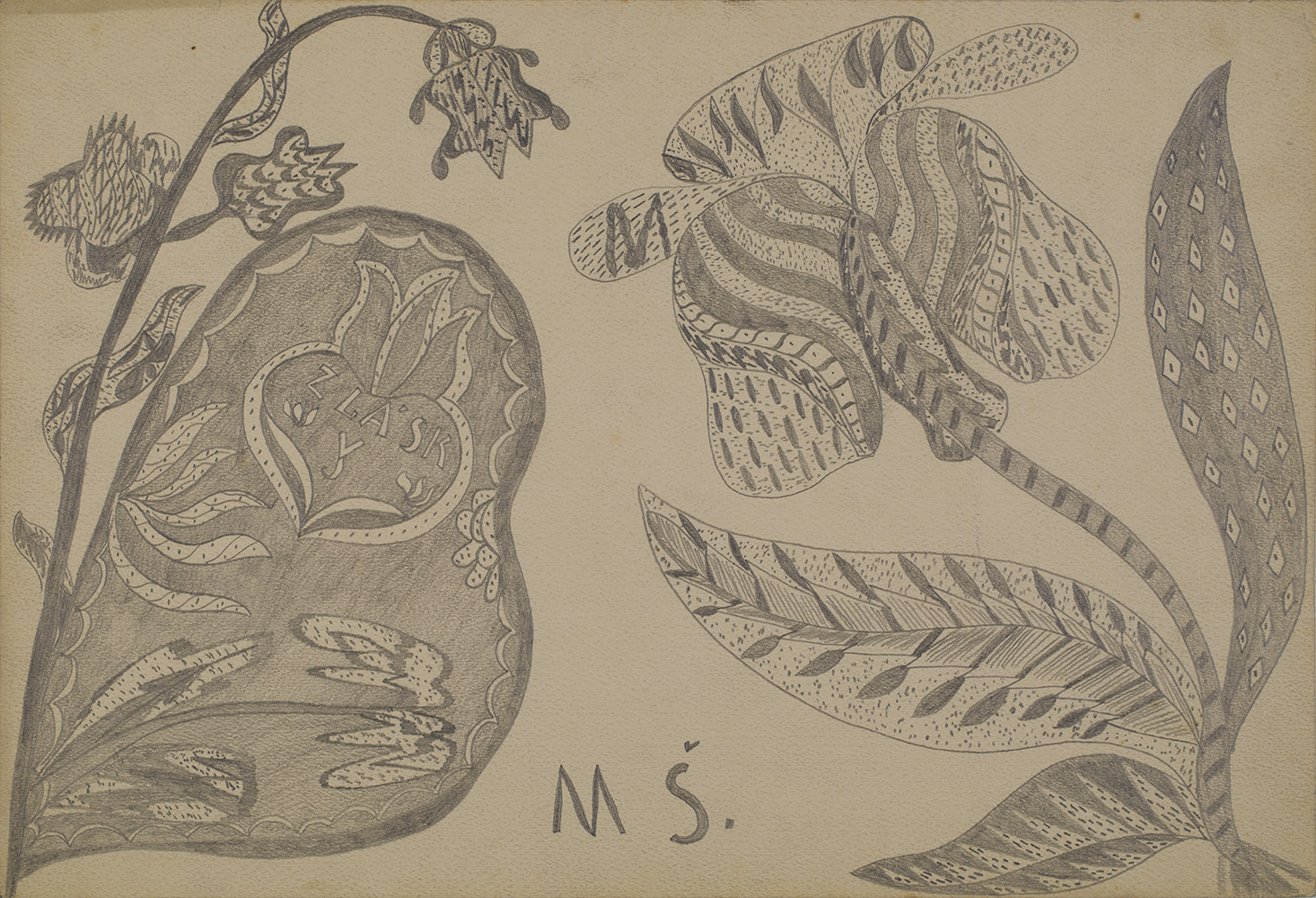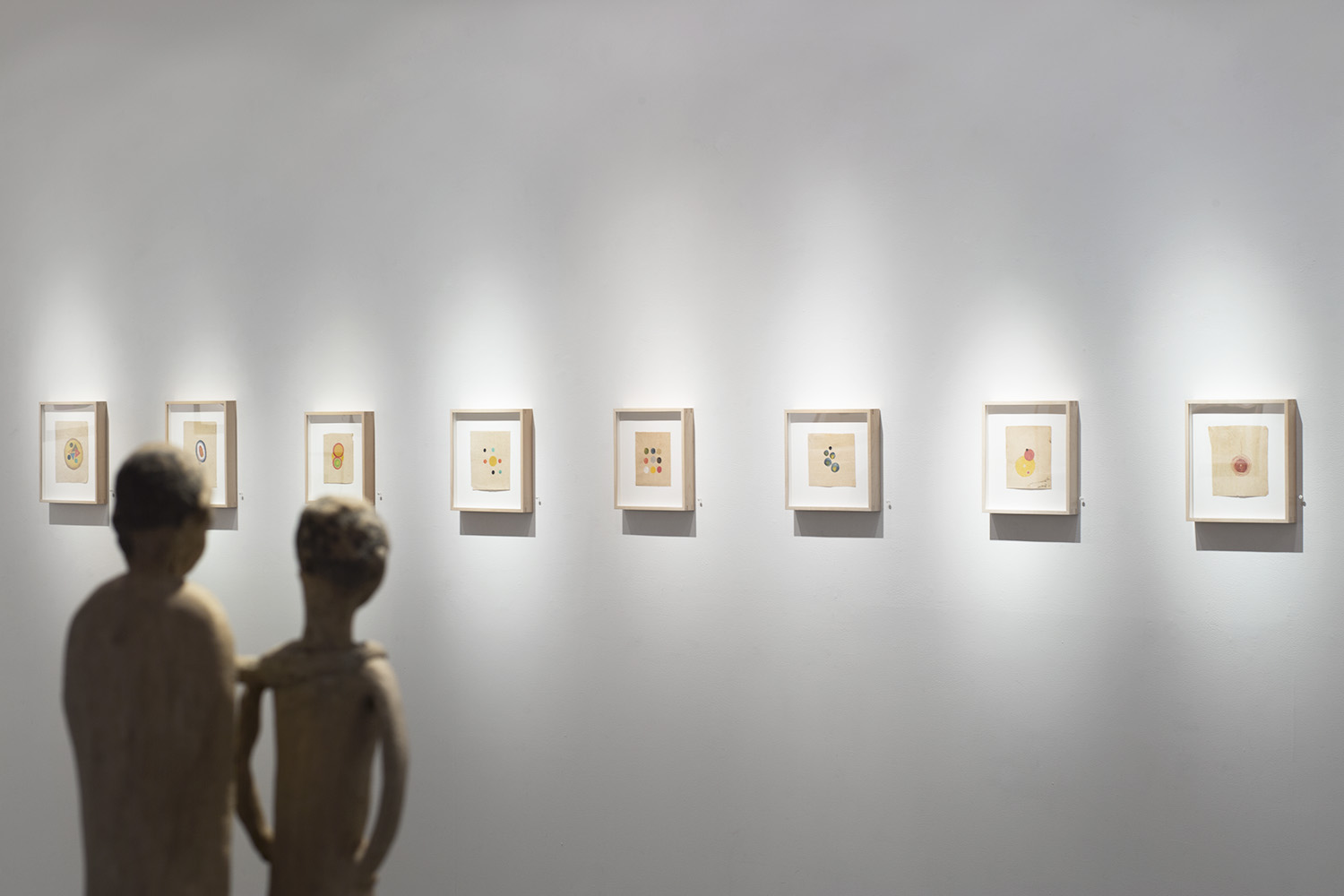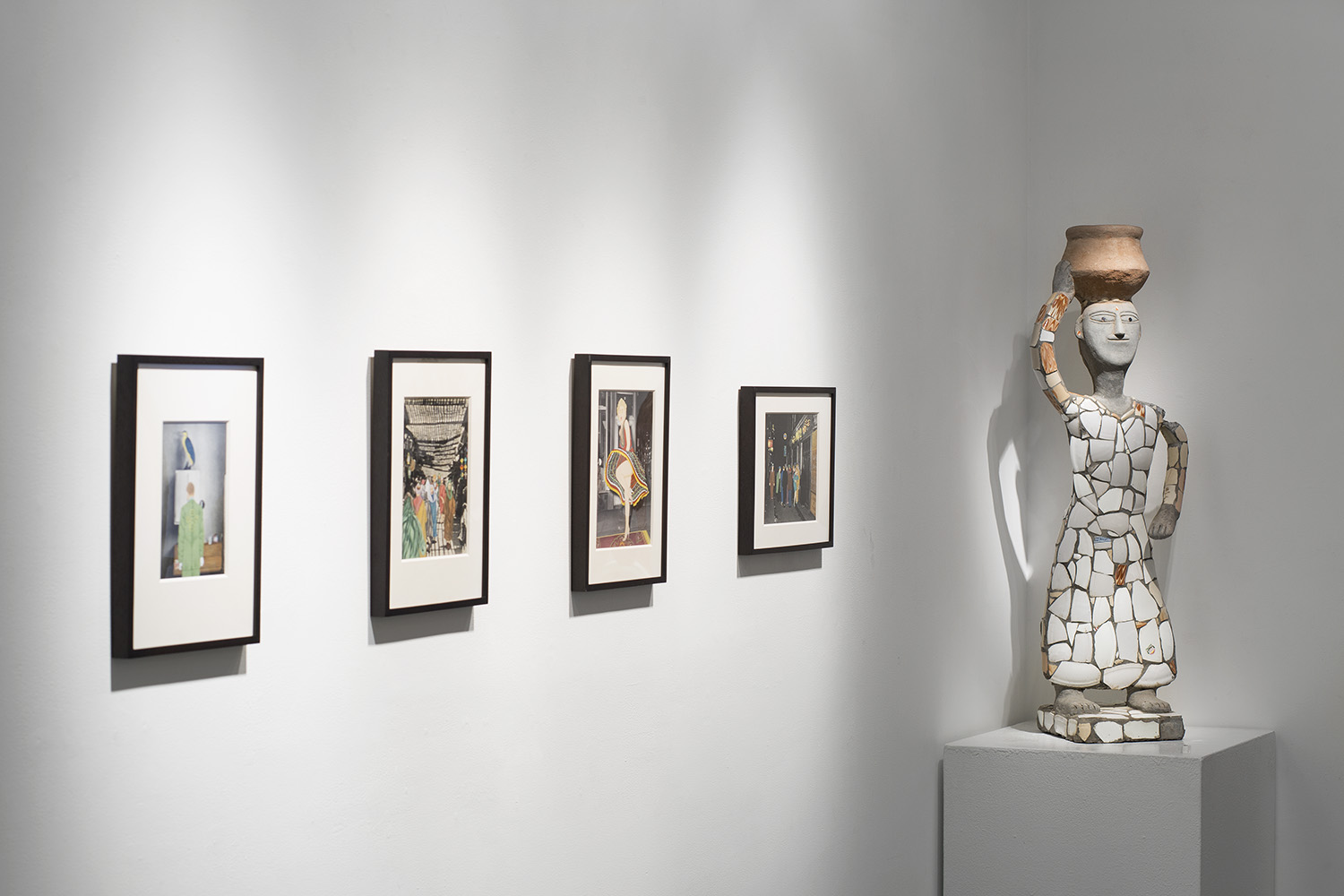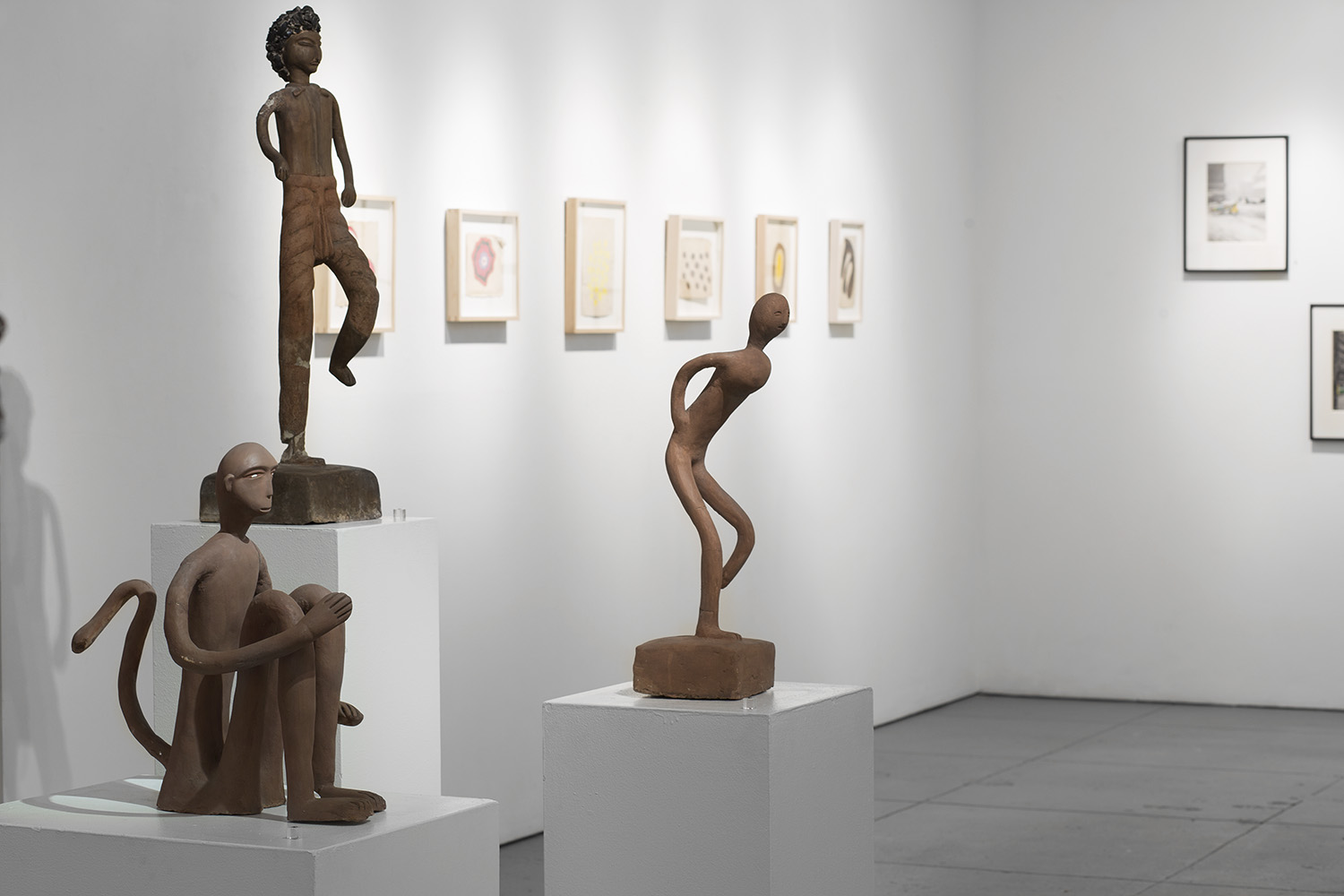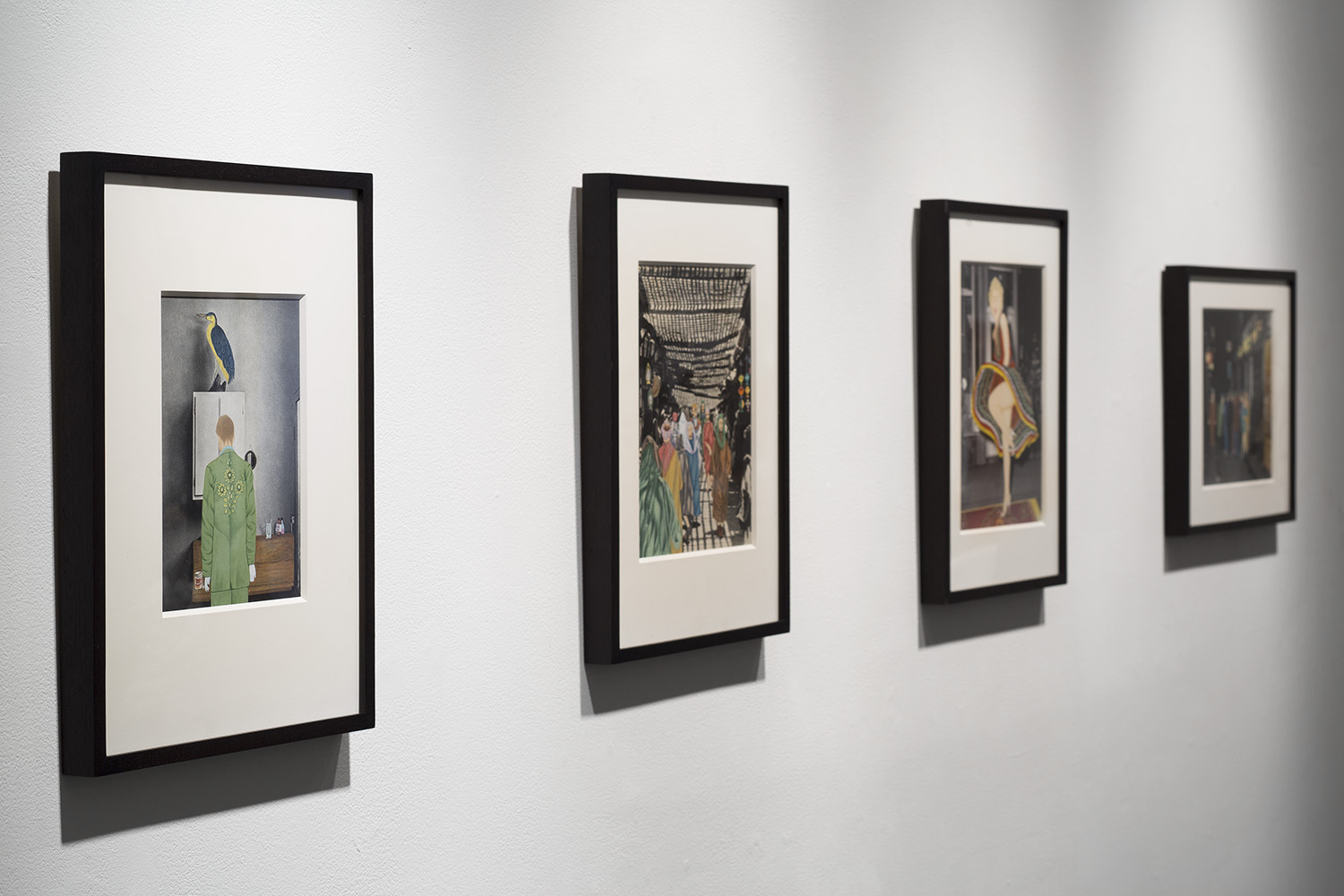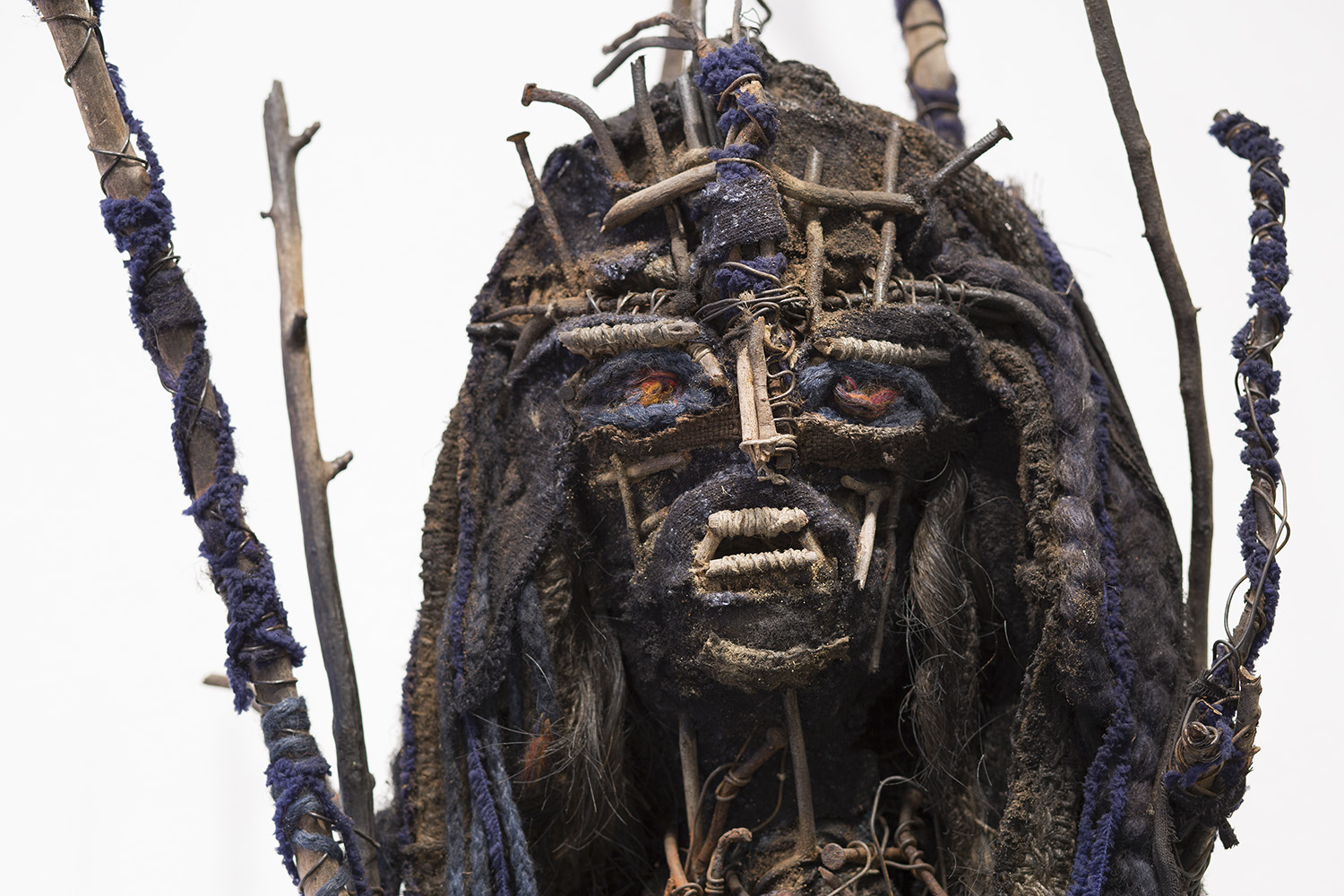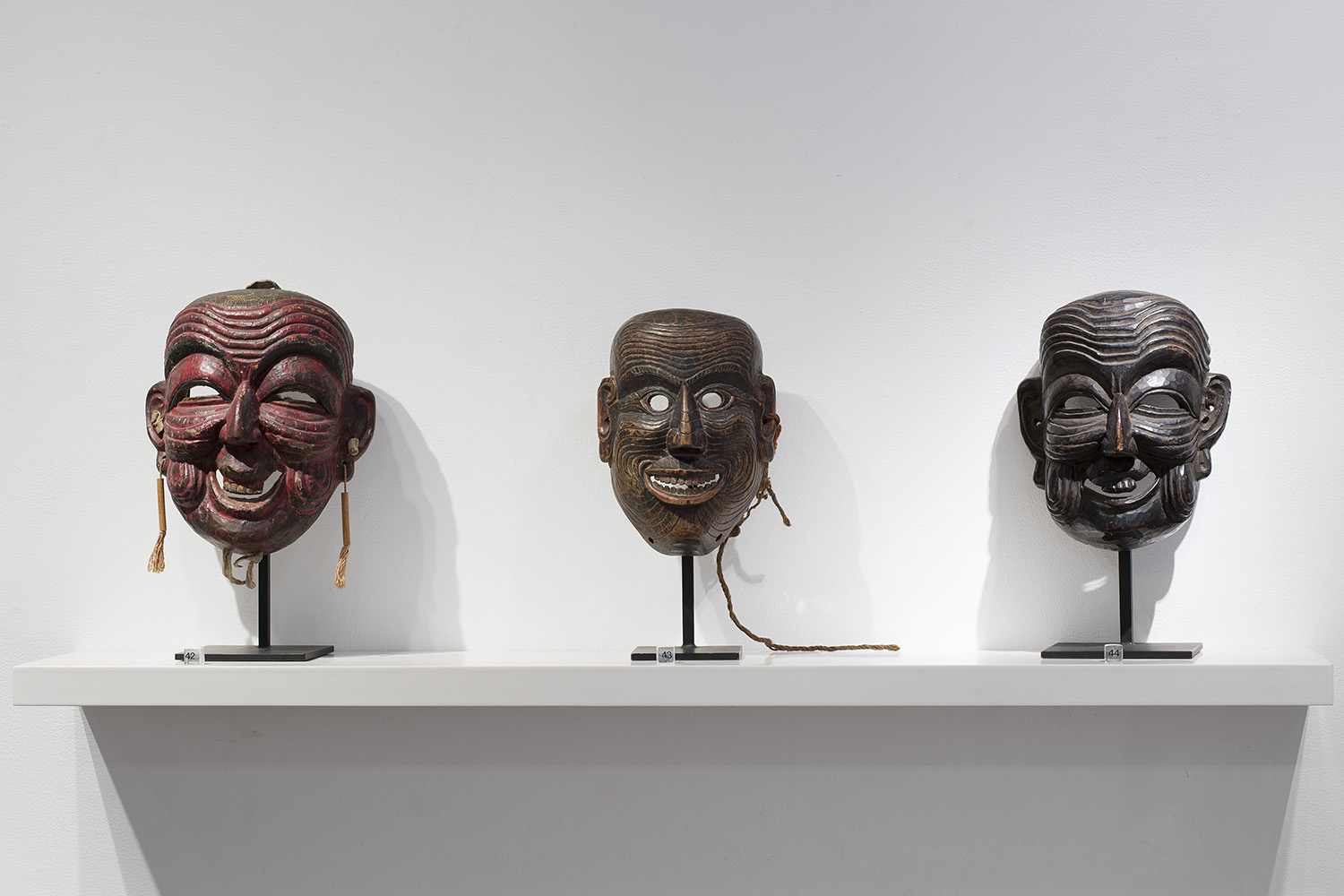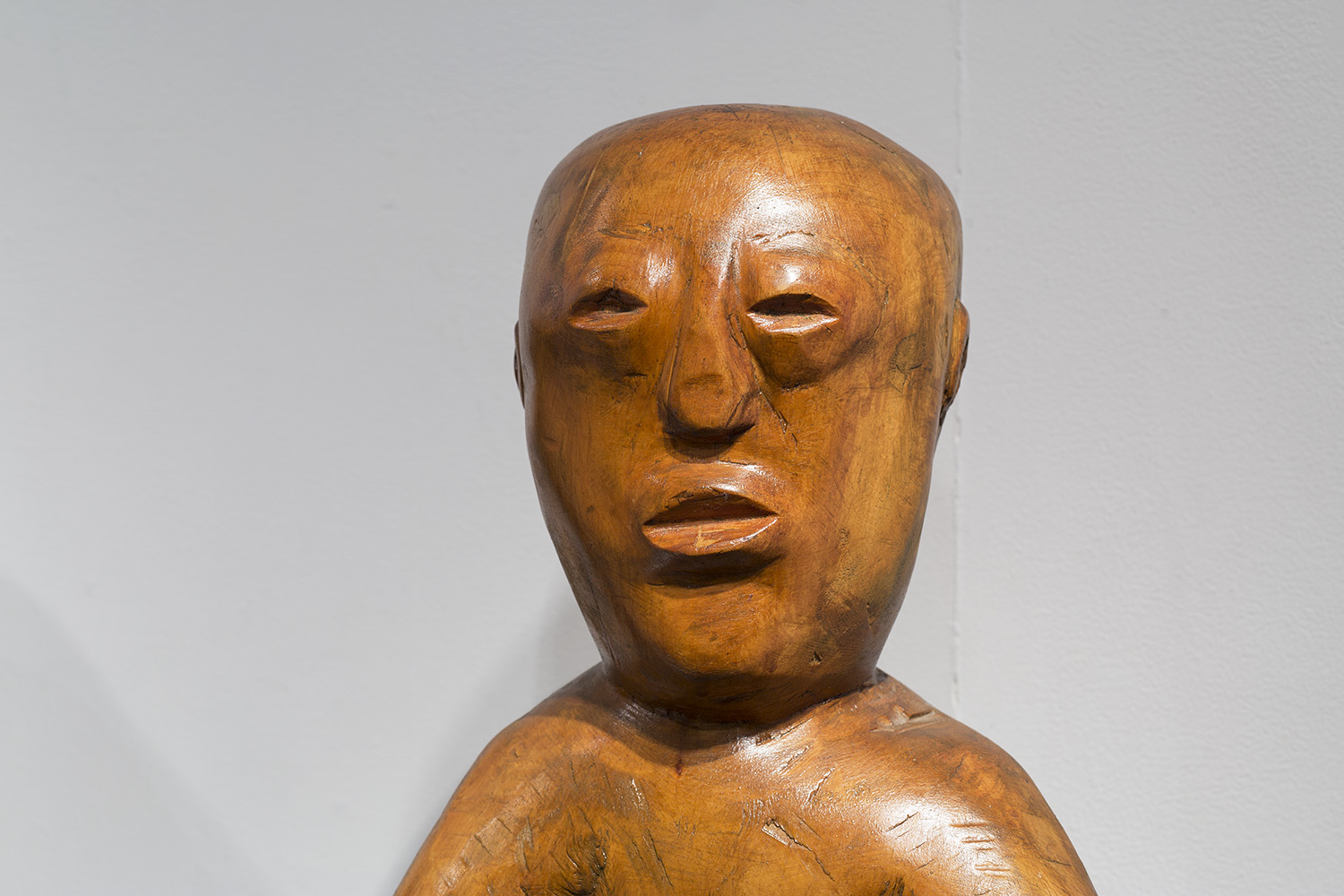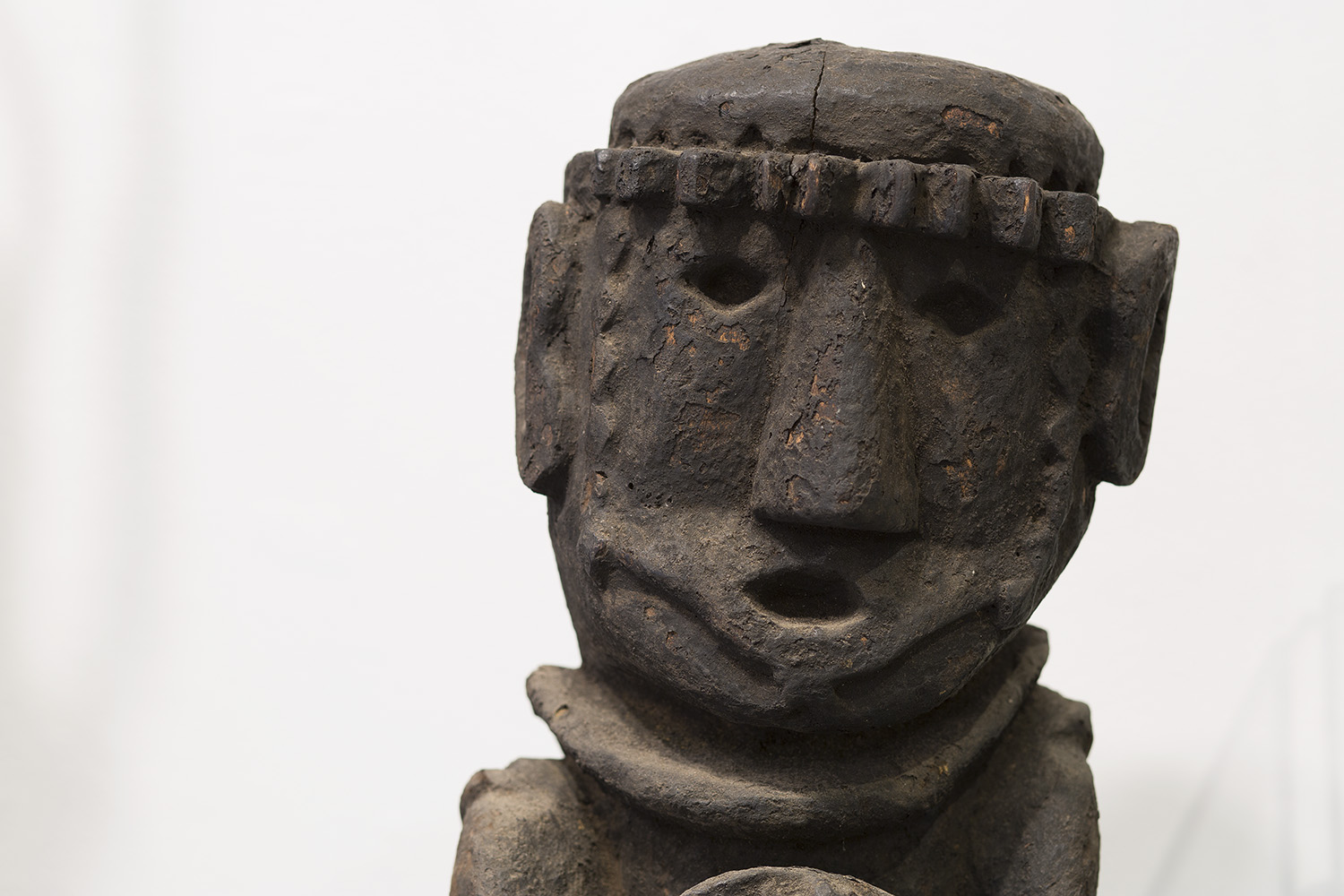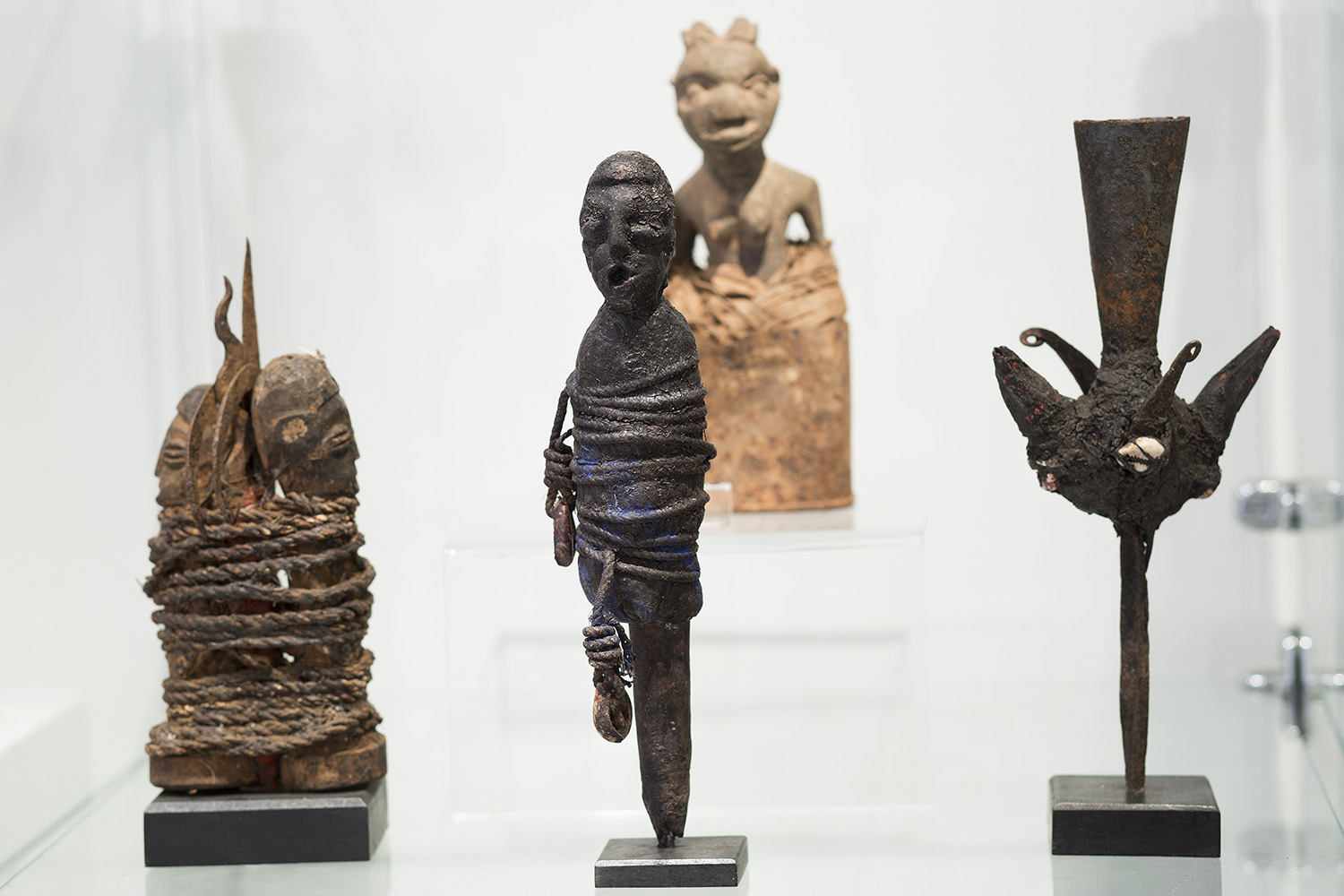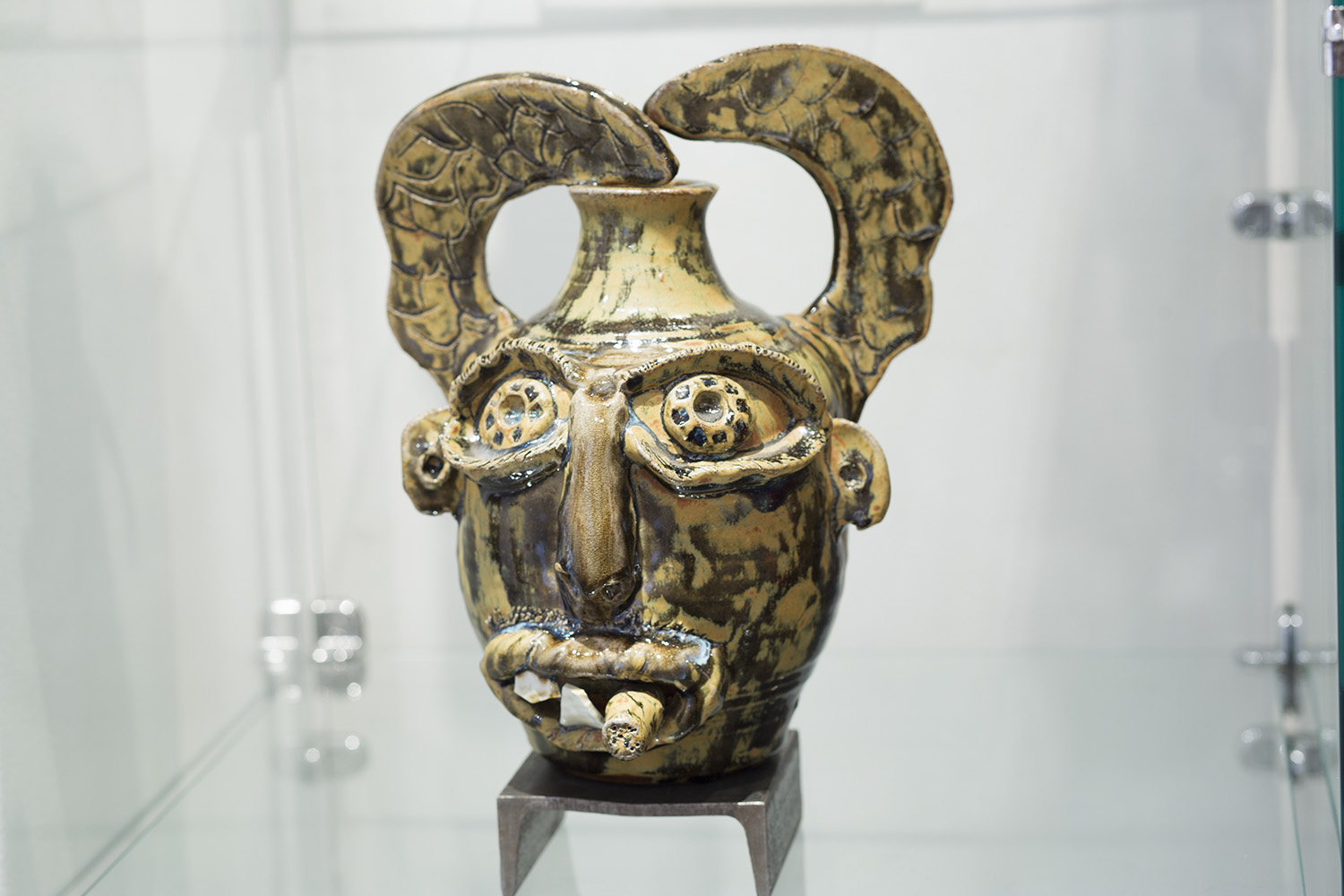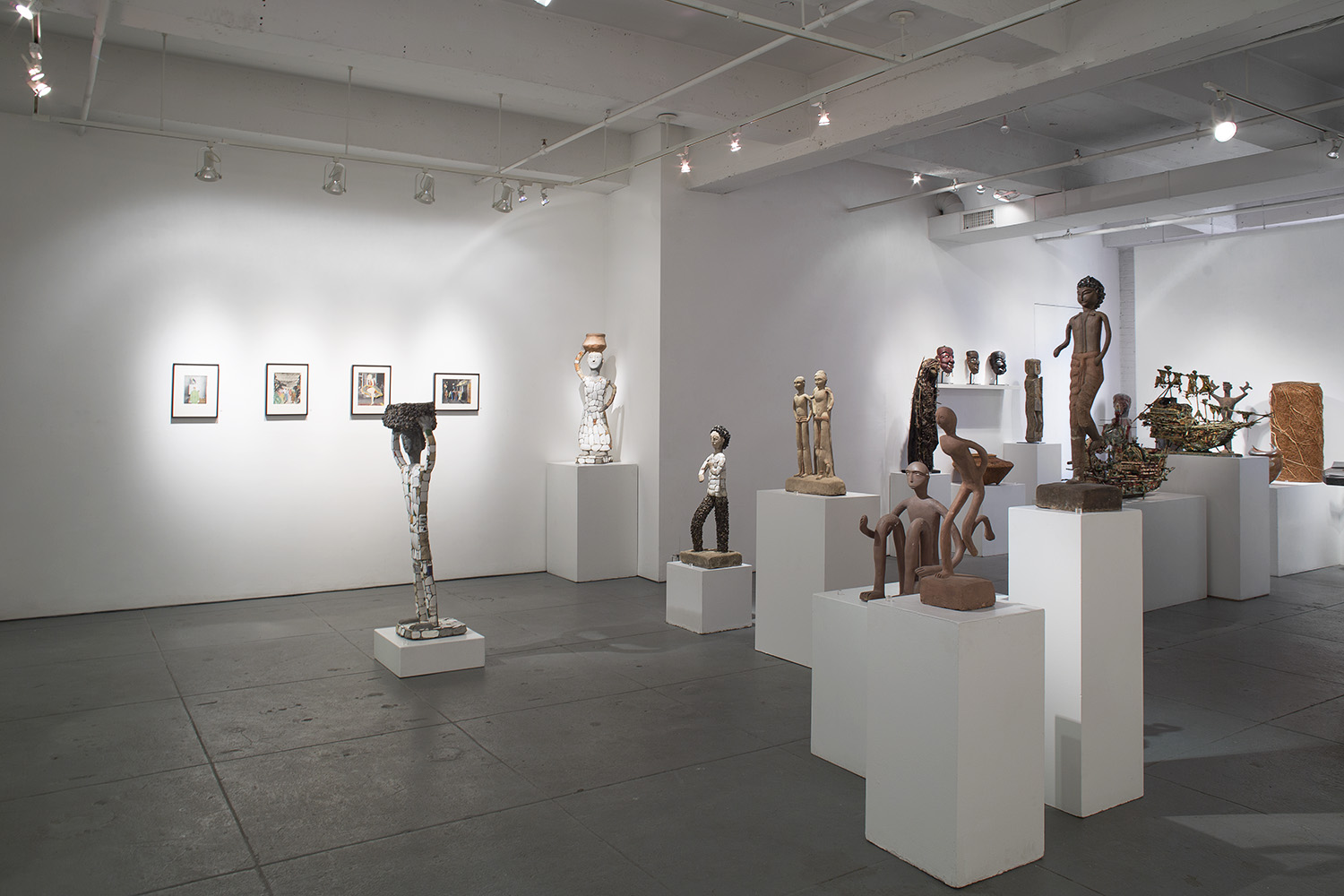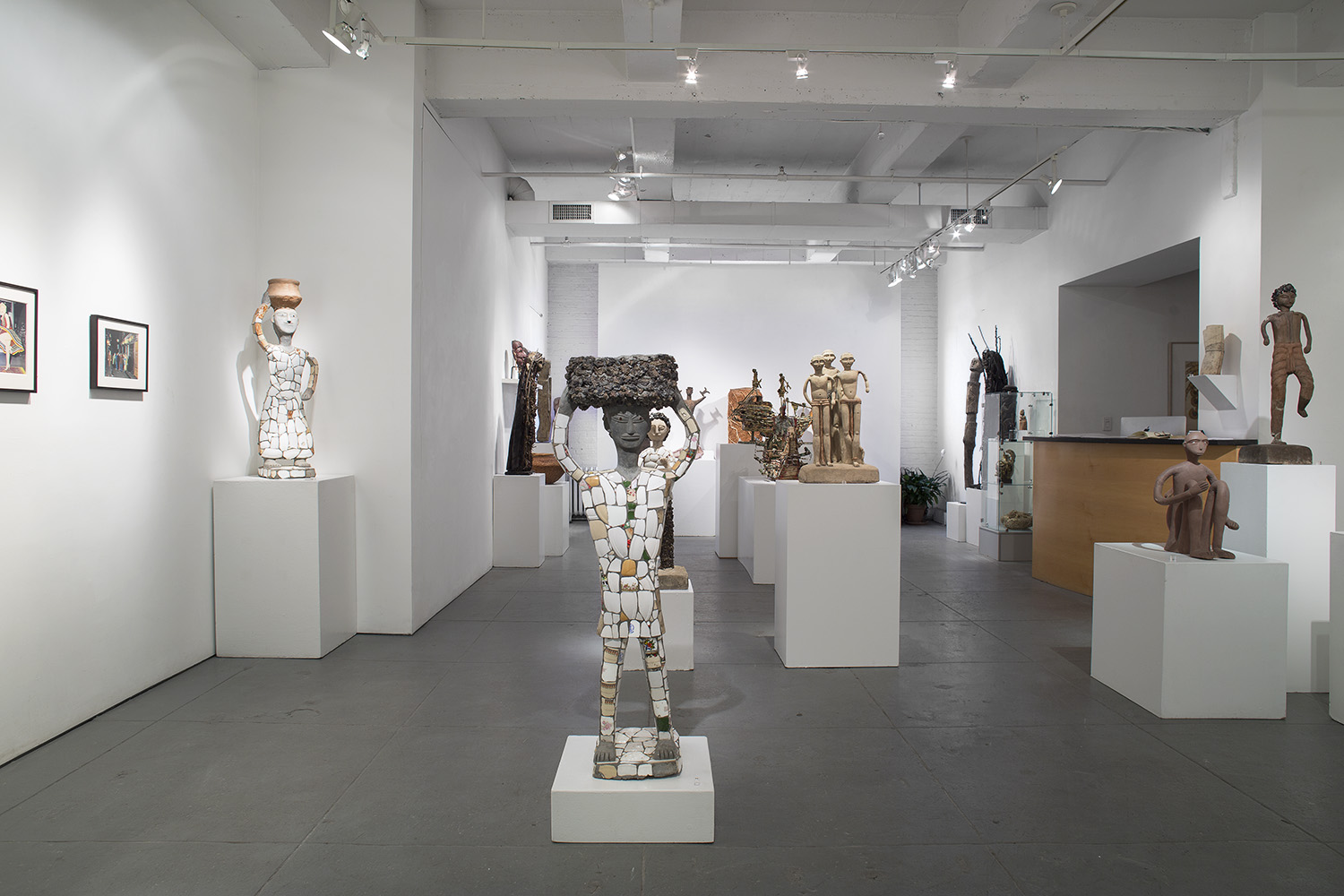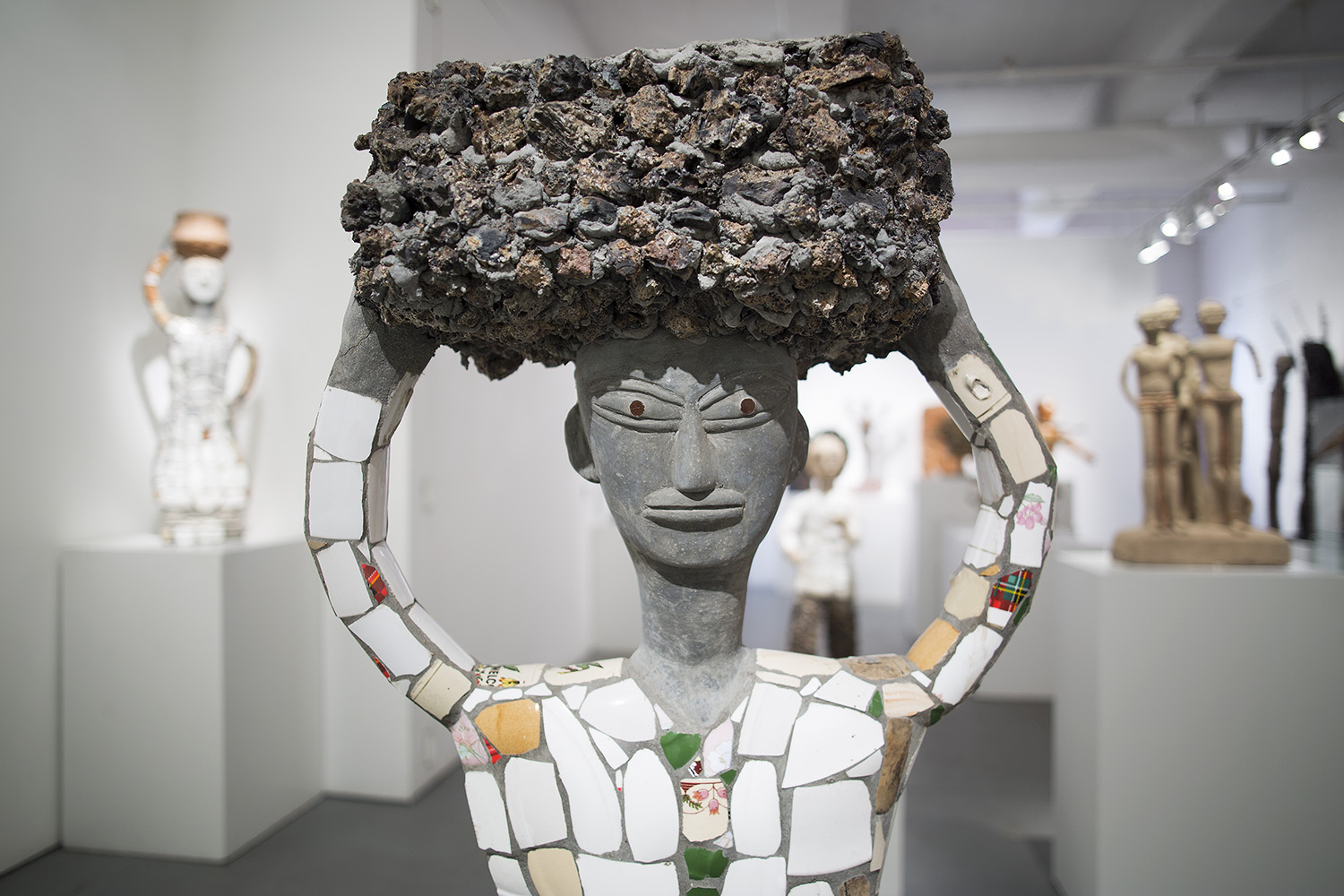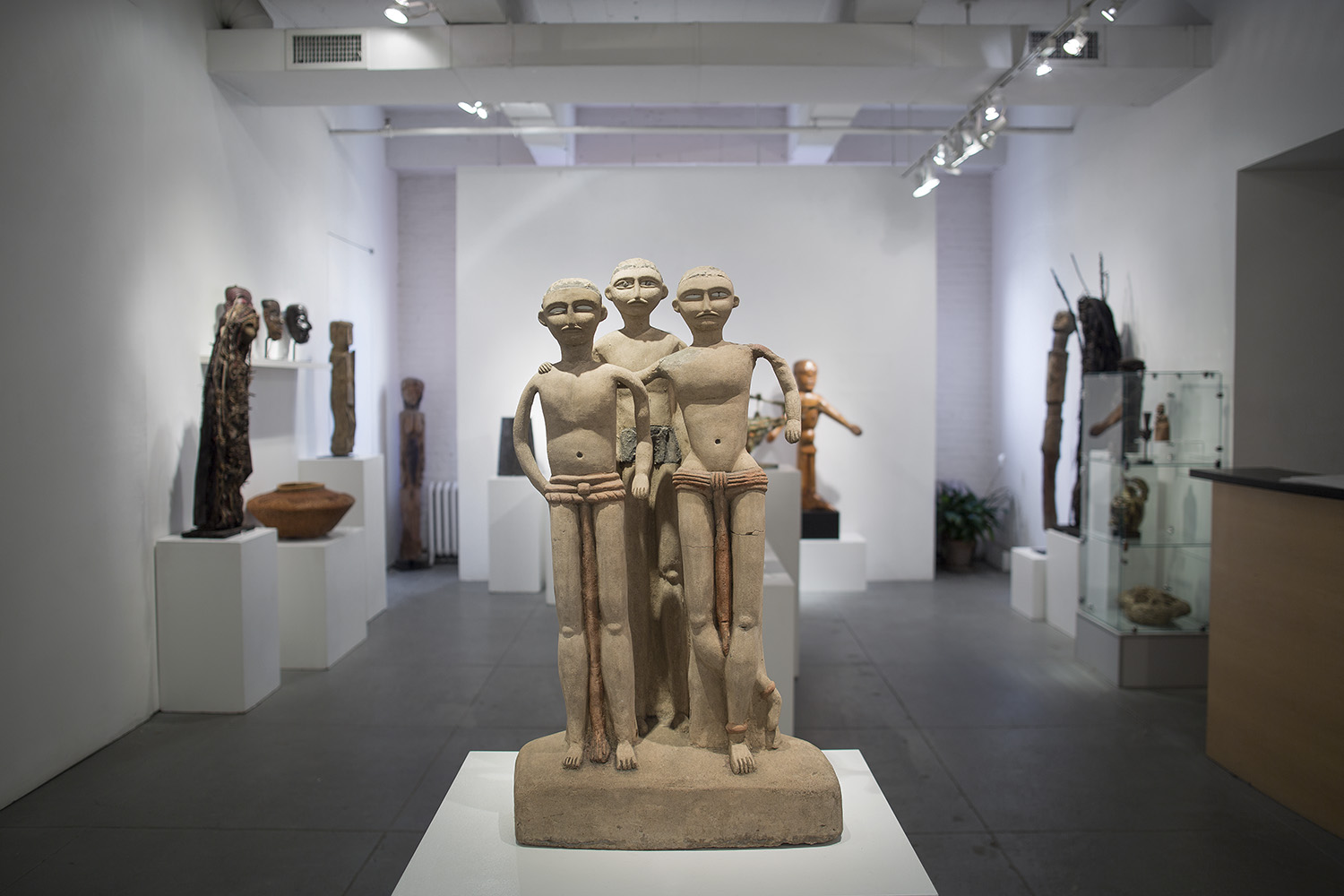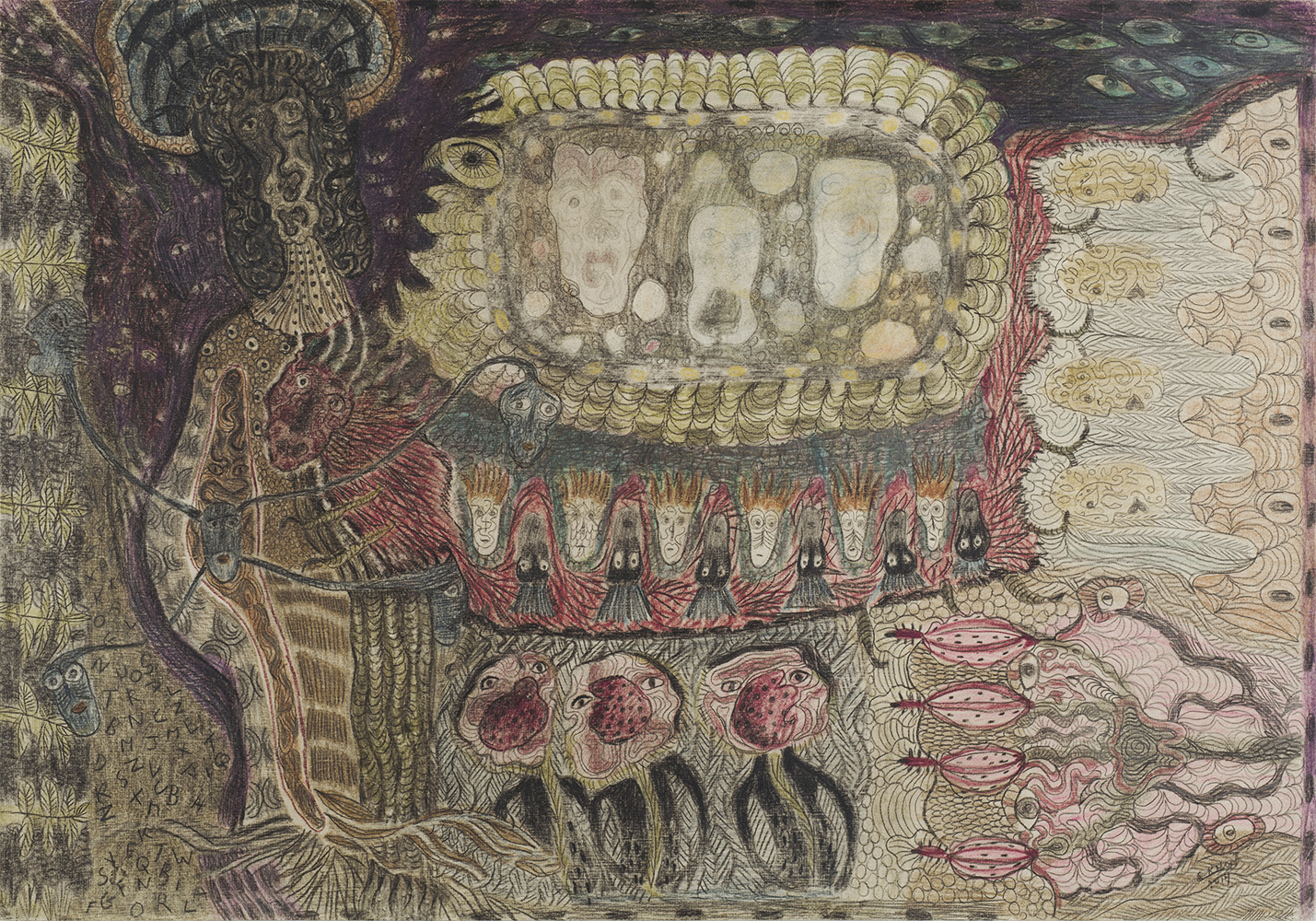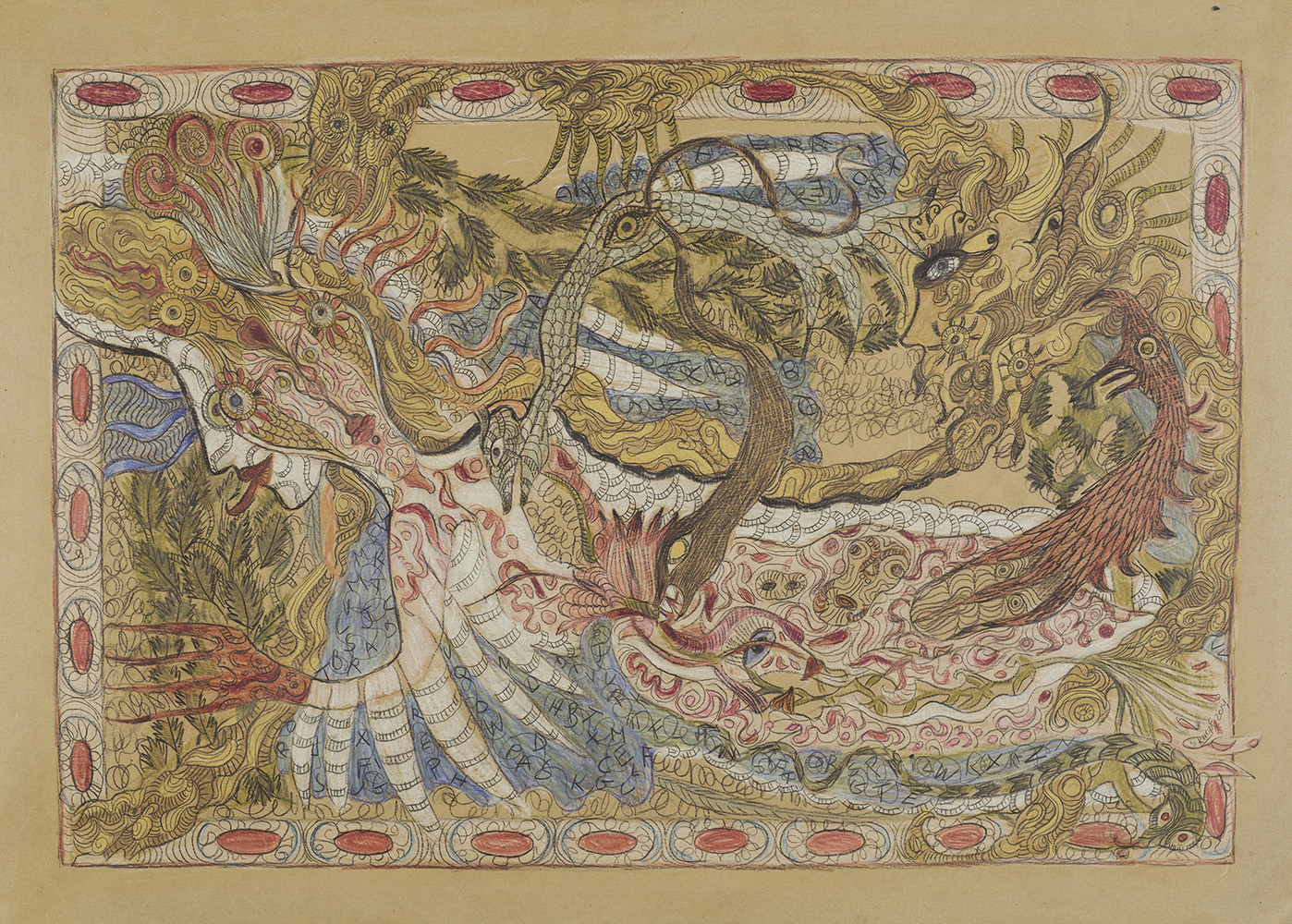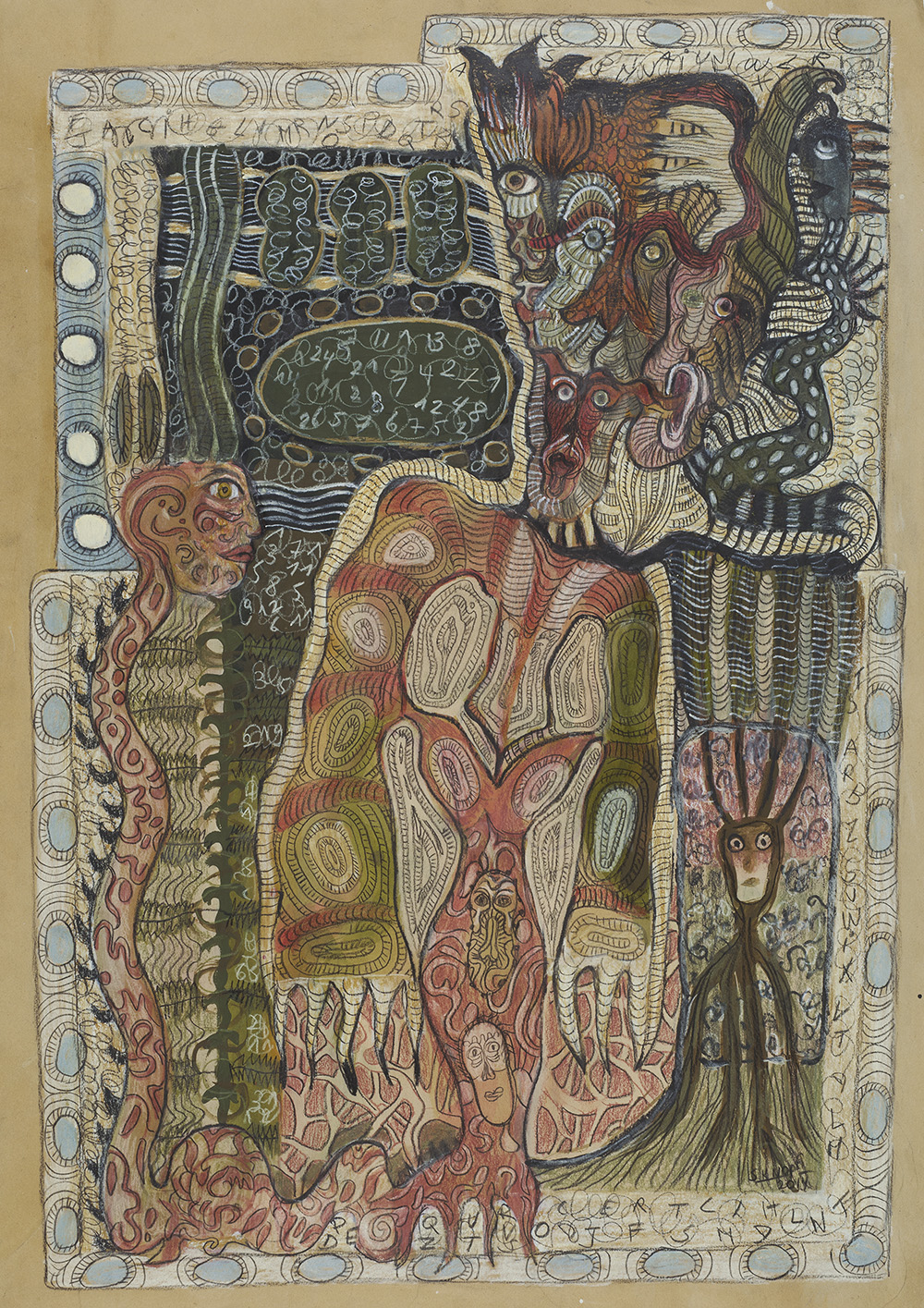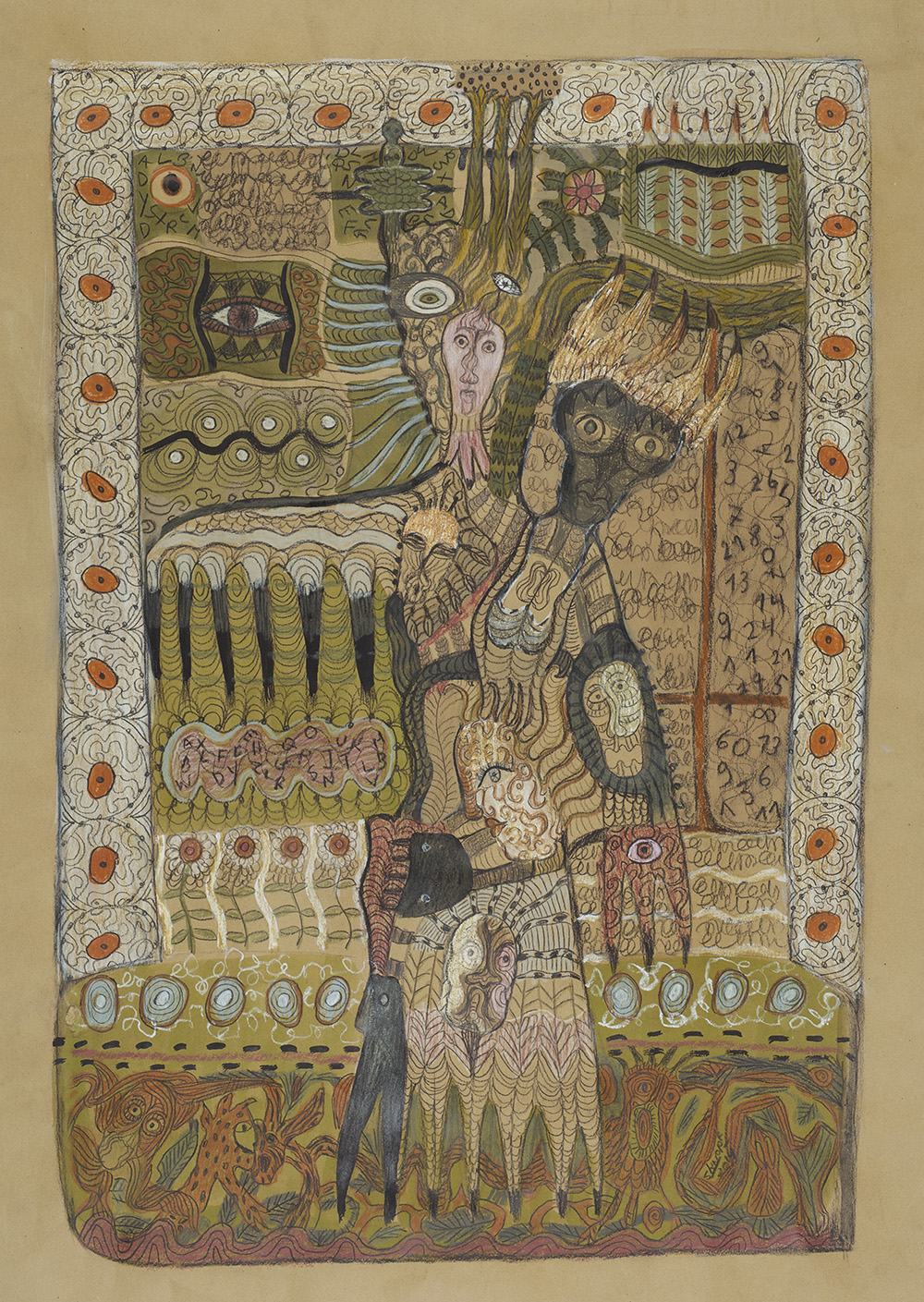CEREMONIES: AKIHIRO NIKAIDO & YUKO KIMURA
(May 19 – June 18, 2016)
Cavin-Morris Gallery is pleased and privileged to present the artwork of Akihiro Nikaido and Margaret Yuko Kimura. Both artists display a concept known in Japan as Yugen; the ability to suggest, rather than bluntly display. This is an essential aesthetic of delicacy and at the same time, of mystery. Another way to think of this is to consider the minimum an artist needs to depict in order to infer and intimate so much more. It is a complete immersion into a quintessential moment, such as watching a magnificent bird disappear on the horizon or the sun burnishing a hillside with brilliant gold in the instant before it disappears. The concept of Yugen illuminates the brief efflorescence of cherry trees blooming and disappearing as a metaphor for the transience of life itself.
Nikaido’s ceramics never lose their maker’s fascination and love for the physical richness of the clay. The surfaces seem powdery and ephemeral, and the shapes are simultaneously ancient and modern, giving them a restless, almost metaphysical, strength. One can easily see this quality transferred to the pieces he makes for the tea ceremony.
Yuko Kimura works intuitively, playing with the edges of time and beauty as moving elements. Her recent efforts incorporates multiple processes including etching, aquatint, dyeing with indigo or persimmon on pleated or twisted paper (paper threads). Most of the work utilizes Kozo bark fiber, old worm eaten book pages from Japan and imperfect handmade papers that are made from Kozo (mulberry) and abaca. Transparency and texture take priority as she constructs her two-or-three dimensional patchwork experiments. Whether she coils them into seemingly ephemeral sculpture, rolls them into miniature scrolls, or presents them flat and mounted, they hold an exquisite tension of the ineluctable inevitability of ages passing, perfectly manifesting Yugen.
On May 19th, 2016, opening night at 7:00 ikebana Master Mario Hirama, who has worked with Nikaido many times, will perform a flower ceremony using one of Nikaido’s clay vases.
Akihiro Nikaido, Bowl, 2016, Ceramic, 12 x 20 x 20 inches, 30.5 x 50.8 x 50.8 cm, ANk 28





